The Tin Soldier Ballerina
“The Steadfast Tin Soldier” is a literary fairy tale by Hans Christian Andersen about a tin soldier’s love for a paper ballerina. The tale was first published in October 1838 in the first booklet of Fairy Tales Told for Children. It has since been adapted to various media including ballet and animated film.
On his birthday, a boy receives a set of 25 toy soldiers all cast from one old tin spoon and arrays them on a table top. One soldier stands on a single leg because, as he was the last one cast, there was not enough metal to make him whole. Nearby, the soldier spies a pretty paper ballerina with a spangle on her sash. She, too, is standing on one leg, and the soldier falls in love. That night, a goblin among the toys in the form of a jack-in-the-box, who also loves the ballerina, angrily warns the soldier to take his eyes off her, but the soldier ignores him.
The next day, the soldier falls from a windowsill (presumably the work of the goblin) and lands in the street. Two boys find the soldier, place him in a paper boat, and set him sailing in the gutter. The boat and its passenger wash into a storm drain, where a rat demands the soldier pay a toll.
Sailing on, the boat is washed into a canal, where the tin soldier is swallowed by a fish. When this fish is caught and cut open, the tin soldier finds himself once again on the table top before the ballerina. Inexplicably, the boy throws the tin soldier into the fire, which is most likely the work of the jack-in-the-box goblin. A wind blows the ballerina into the fire with him; she is consumed by it. The maid cleans the fireplace in the morning and finds that the soldier has melted into a little tin heart, along with the ballerina’s spangle, which is now burned black as coal.
We Can Do It!
“We Can Do It!” is an American World War II wartime poster produced by J. Howard Miller in 1943 for Westinghouse Electric as an inspirational image to boost female worker morale.
The poster was little seen during World War II. It was rediscovered in the early 1980s and widely reproduced in many forms, often called “We Can Do It!” but also called “Rosie the Riveter” after the iconic figure of a strong female war production worker. The “We Can Do It!” image was used to promote feminism and other political issues beginning in the 1980s. The image made the cover of the Smithsonian magazine in 1994 and was fashioned into a US first-class mail stamp in 1999. It was incorporated in 2008 into campaign materials for several American politicians, and was reworked by an artist in 2010 to celebrate the first woman becoming prime minister of Australia. The poster is one of the ten most-requested images at the National Archives and Records Administration.
After its rediscovery, observers often assumed that the image was always used as a call to inspire women workers to join the war effort. However, during the war the image was strictly internal to Westinghouse, displayed only during February 1943, and was not for recruitment but to exhort already-hired women to work harder.
J. Howard Miller was an American graphic artist. He painted posters during World War II in support of the war effort, among them the famous “We Can Do It!” poster. In 1942, Miller was hired by Westinghouse Electric’s internal War Production Coordinating Committee, through an advertising agency, to create a series of posters to display to the company’s workers. The intent of the poster project was to raise worker morale, to reduce absenteeism, to direct workers’ questions to management, and to lower the likelihood of labor unrest or a factory strike.
No more than 1,800 copies of the 17-by-22-inch “We Can Do It!” posters were printed. It was not initially seen beyond several Westinghouse factories in East Pittsburgh, Pennsylvania, and the midwestern U.S. Mostly women were employed in this enterprise, which yielded some 13 million helmet liners over the course of the war. The slogan “We Can Do It!” was probably not interpreted by the factory workers as empowering to women alone; they had been subjected to a series of paternalistic, controlling posters promoting management authority, employee capability and company unity, and the workers would likely have understood the image to mean “Westinghouse Employees Can Do It”, all working together. The upbeat image served as gentle propaganda to boost employee morale and keep production from lagging. The pictured red, white and blue clothing was a subtle call to patriotism, one of the frequent tactics of corporate war production committees.
In subsequent years, the poster was re-appropriated to promote feminism. Feminists saw in the image an embodiment of female empowerment. The “We” was understood to mean “We Women”, uniting all women in a sisterhood fighting against gender inequality. This was very different from the poster’s 1943 use to control employees and to discourage labor unrest. The image is a combination of femininity with the masculine composition and body language.
Lance Betterton
No interest in school. Wanted to be bad. Ran away from home, lying and stealing. A glue sniffer. In and out of jail. On the drugs and on the piss. Escaped from prison. Run with a gang. Fighting for the sake of fighting. Tattoos on my face. Over dosed on drugs. All this pretty much sums up my first 30 years on this planet. I thought this is me for the rest of my life. What a hopeless case!
Then someone believed in me and gave me a second chance. I never looked back. Been on the straight and narrow for 23 years now. Proof that it can be done.
2021 Portraiture Seminar
Join portrait photographer Ilan Wittenberg
When
Saturday, May 15, 1-4 pm, $49 admission fee, Register Here
Where
Studio One Toi Tū
1 Ponsonby Road, Ponsonby, Auckland.
What’s included
We will review travel photography from Cairo, Jerusalem and Morocco. During this seminar participants will have plenty of opportunities to ask questions regarding Ilan’s camera technique, equipment, software, post processing, creating a portfolio, exhibiting and entering the Awards. Wittenberg will also talk about how to engage people in a foreign land when asking to create their portrait and how to use photos for storytelling.
You will also be able to try different printing papers courtesy of EPSON who will have an A3-A2 size photo printer available for us. You are welcome to bring your favourite 2-3 images on a USB or an SD card (JPEG format) so these can be printed during the seminar. Bring an empty cardboard tube so your print will travel home safely.
Techniques covered
- Travel Photography
- Equipment
- Posing
- Lighting
- Composition
- Selecting the right lens
- Camera Settings
- Engaging your subject
- Post processing
- Creating a portfolio
- Entering Awards
What to bring
- SDHC memory card
- Hi resolution JPEG images that you’d like to print on EPSON’s wide format photo paper
- Cardboard tube for your new prints
William Maealiuaki Tu’ihalafatai Taufa
Tara Kartya Amoretti album
As time went by, I had to be on hormones for like a year before I could have this surgery to look like a woman. I couldn’t wait. Then my time came and I went to Thailand to have my breasts implants and the sex change operation. It didn’t go right the first time. There were complications and I had to come home and let it heal. I had to go back again and have the operation again. I still have a couple of complications but it’s quite minor, I think. I’m getting there. It’s all there, looking beautiful. I’ve had work done on my face. I’ve had upper eyes, lower eyes, face lift and neck lift. I try to keep myself super fit for the operations. I’ve done a lot of pole dancing, ballet and stretching. To this day, I’m still on my journey to be the person I’ve always wanted to become. Here I am.


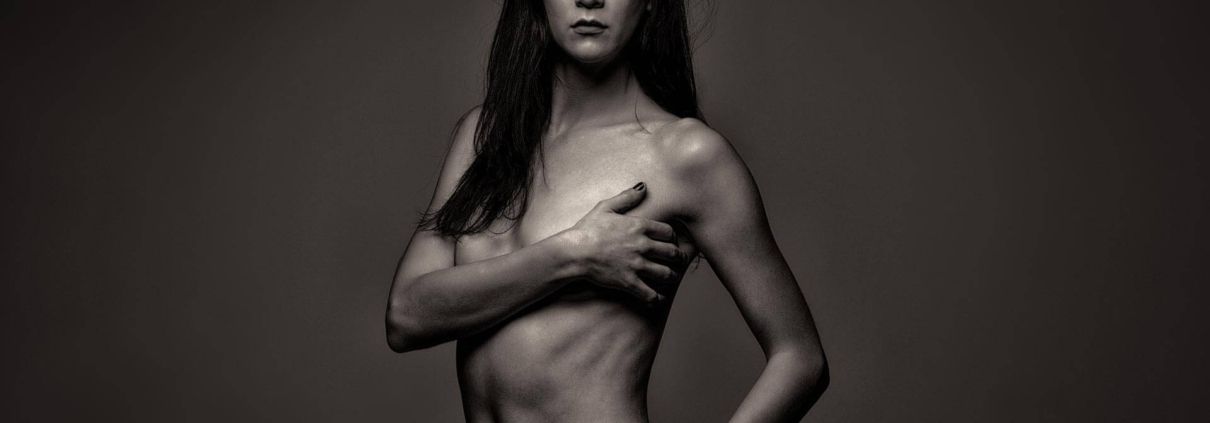 (c) Ilan Wittenberg
(c) Ilan Wittenberg
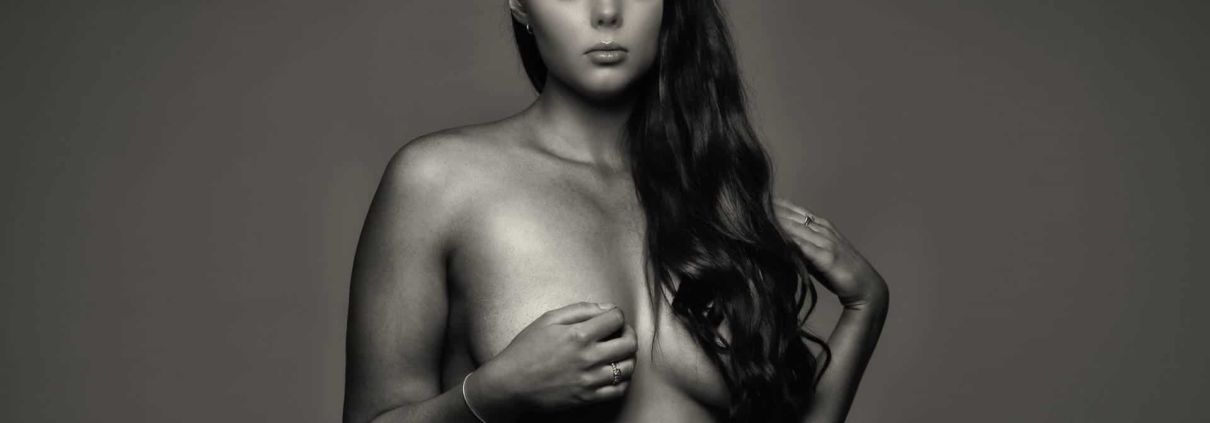 (c) Ilan Wittenberg
(c) Ilan Wittenberg
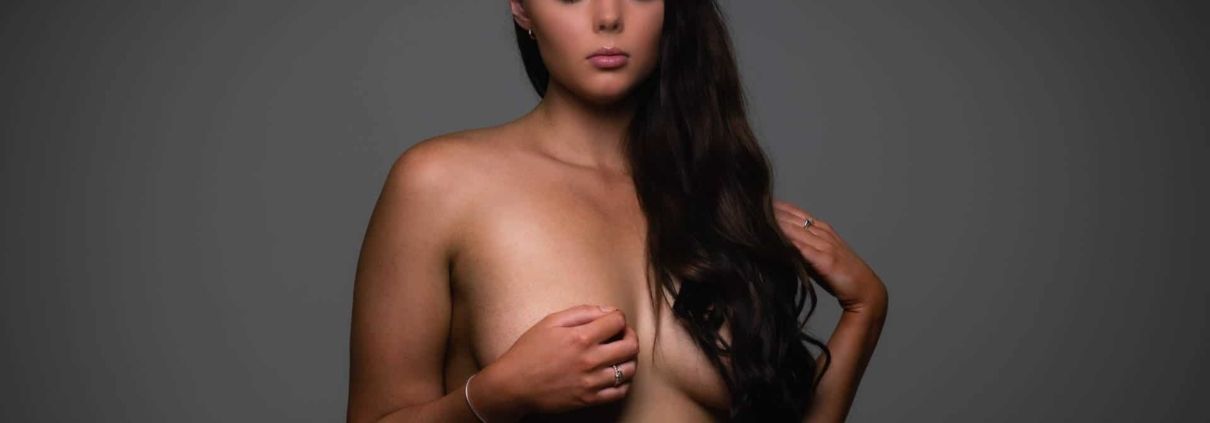 (c) Ilan Wittenberg
(c) Ilan Wittenberg (c) Ilan Wittenberg
(c) Ilan Wittenberg
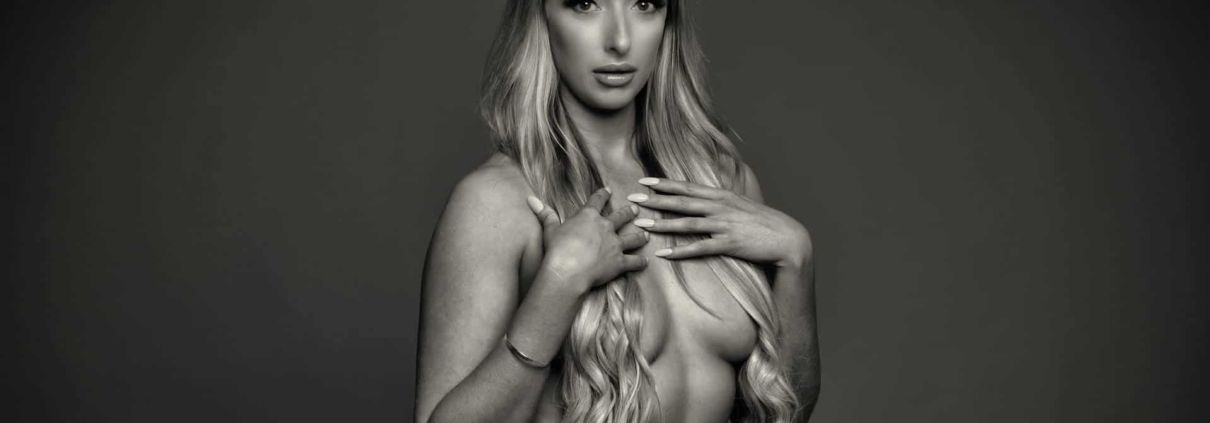 (c) Ilan Wittenberg
(c) Ilan Wittenberg

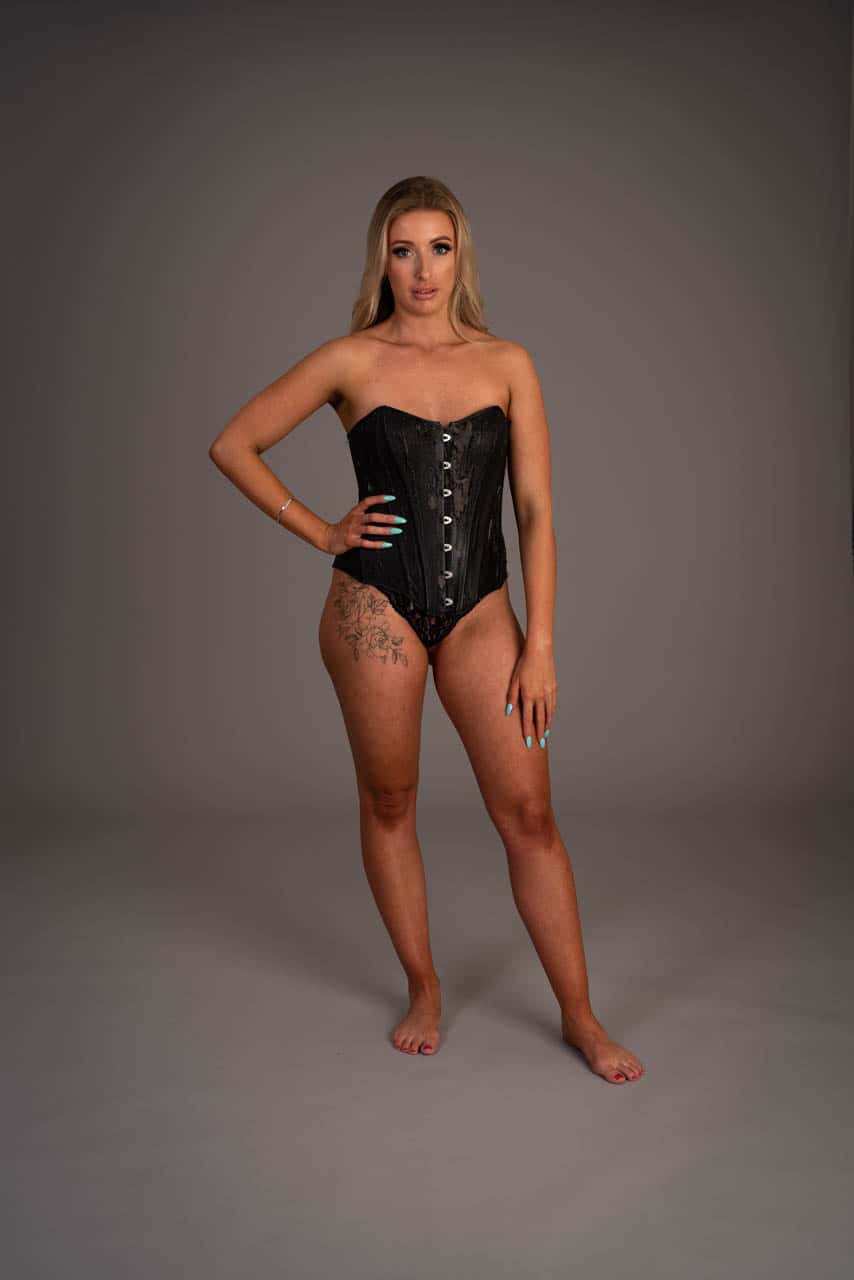
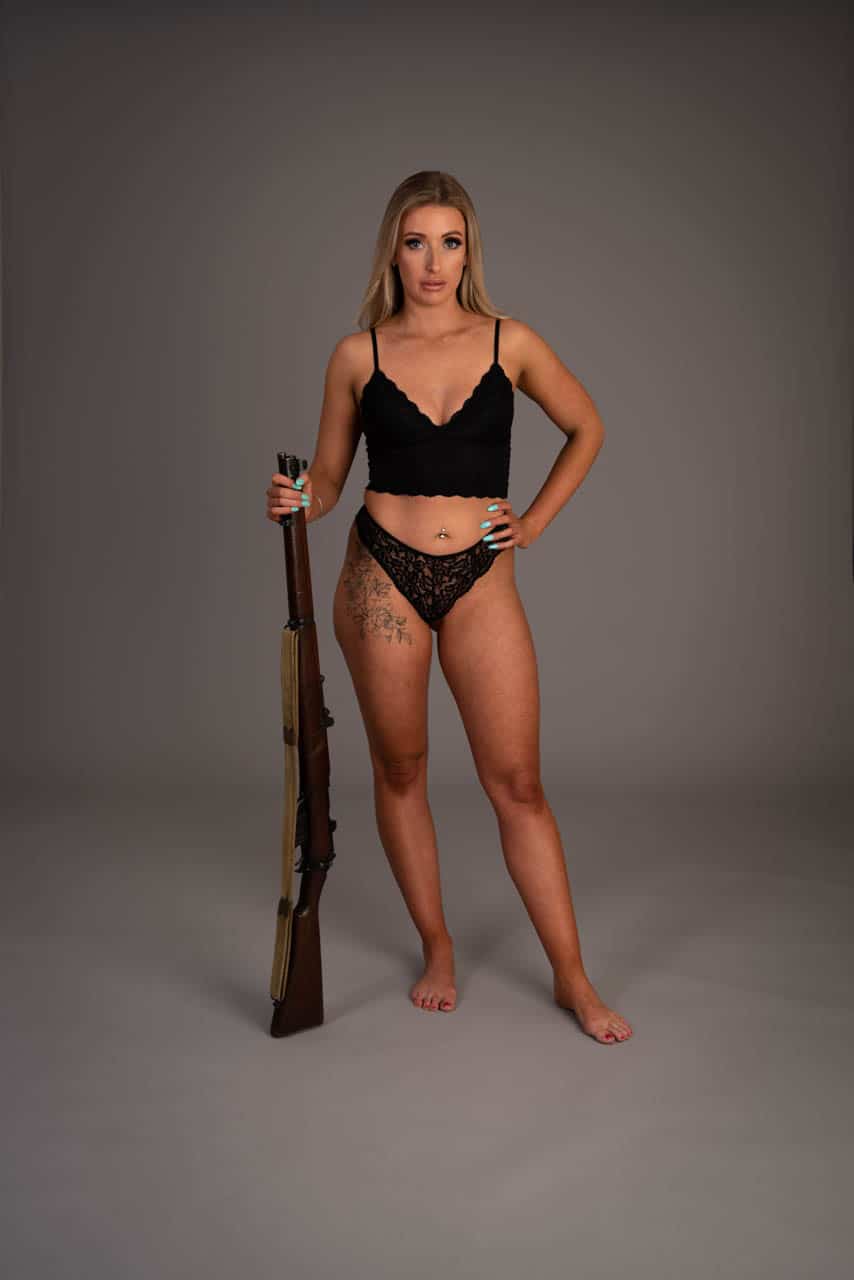



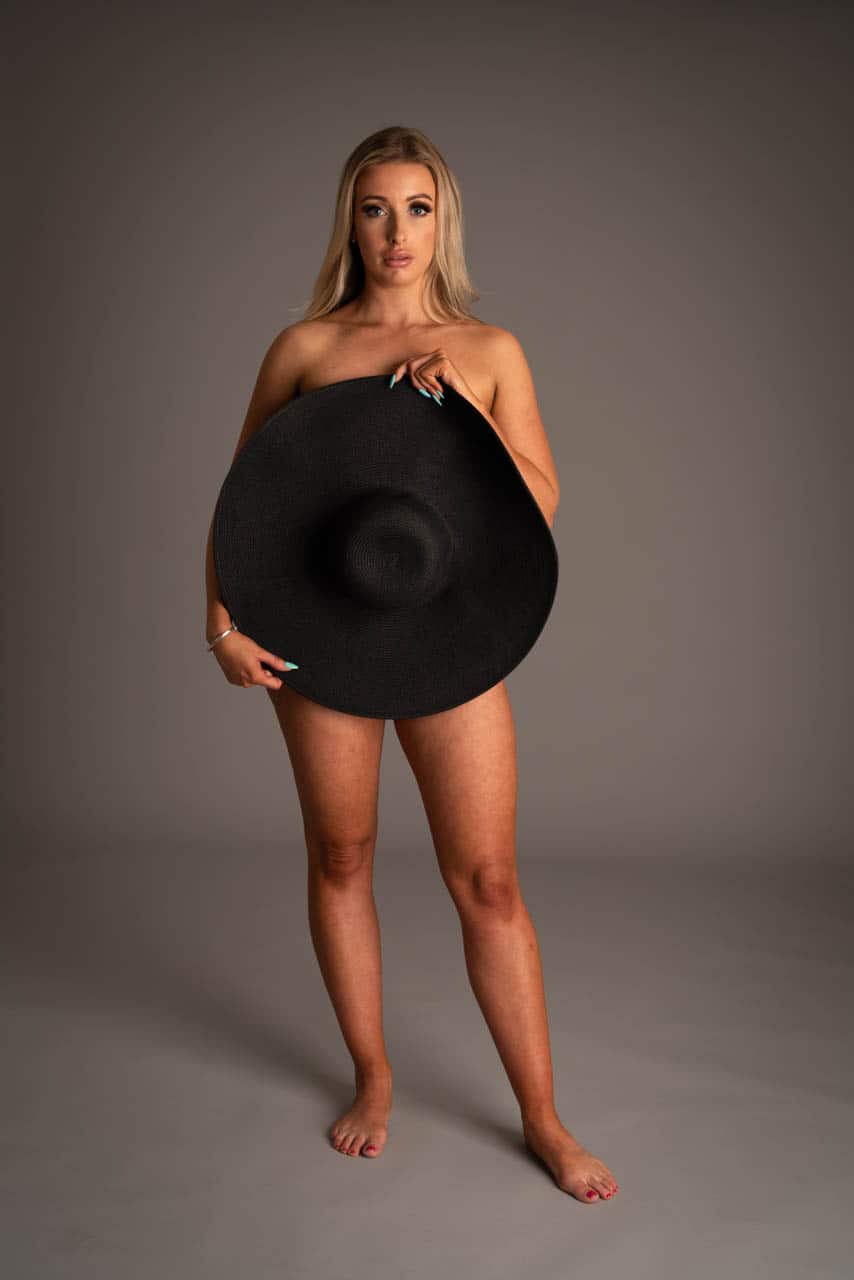



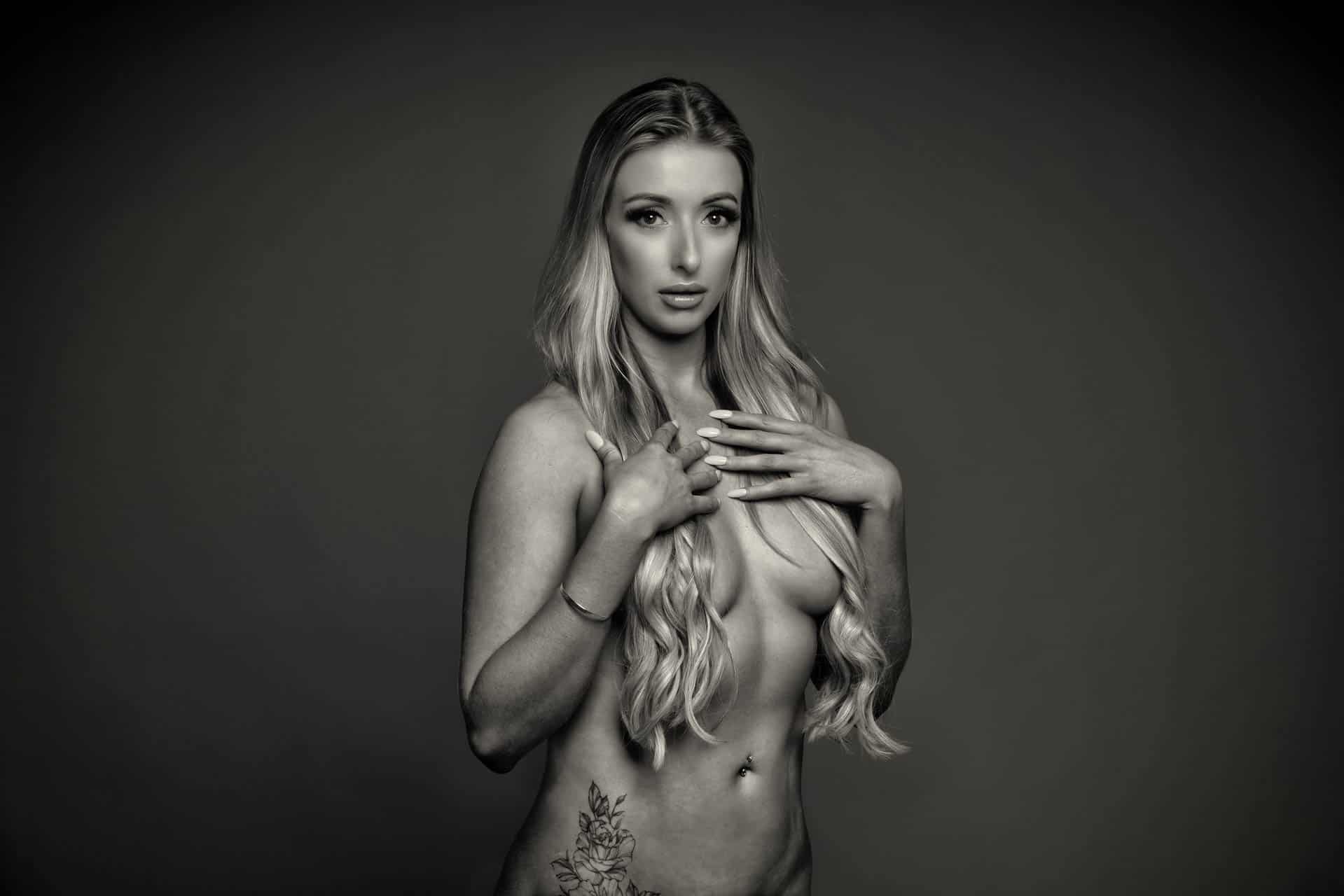
 (c) Ilan Wittenberg
(c) Ilan Wittenberg
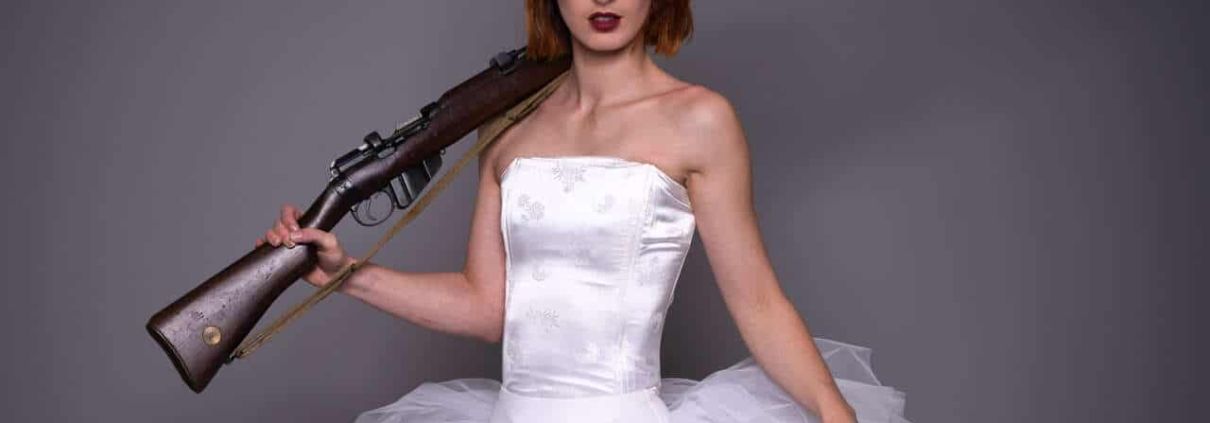 (c) Ilan Wittenberg
(c) Ilan Wittenberg

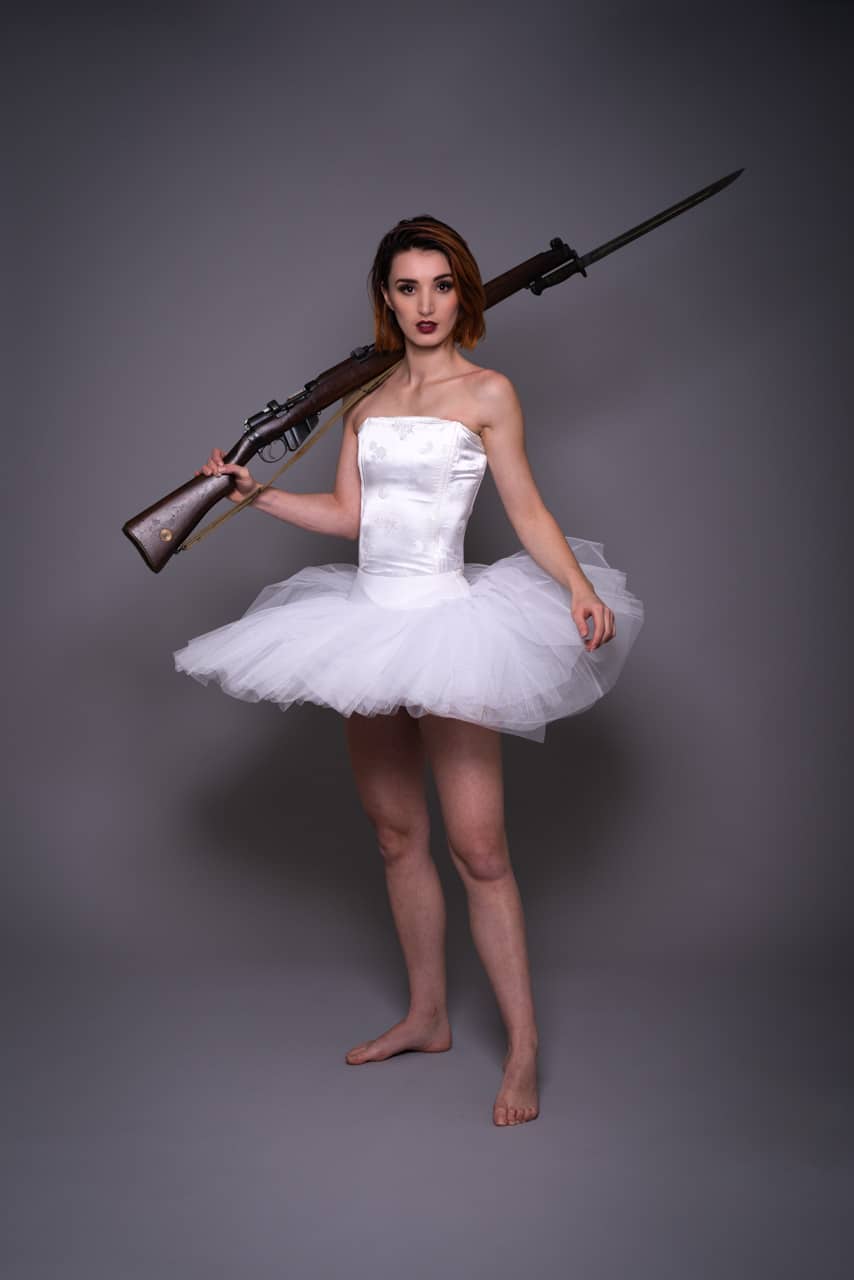

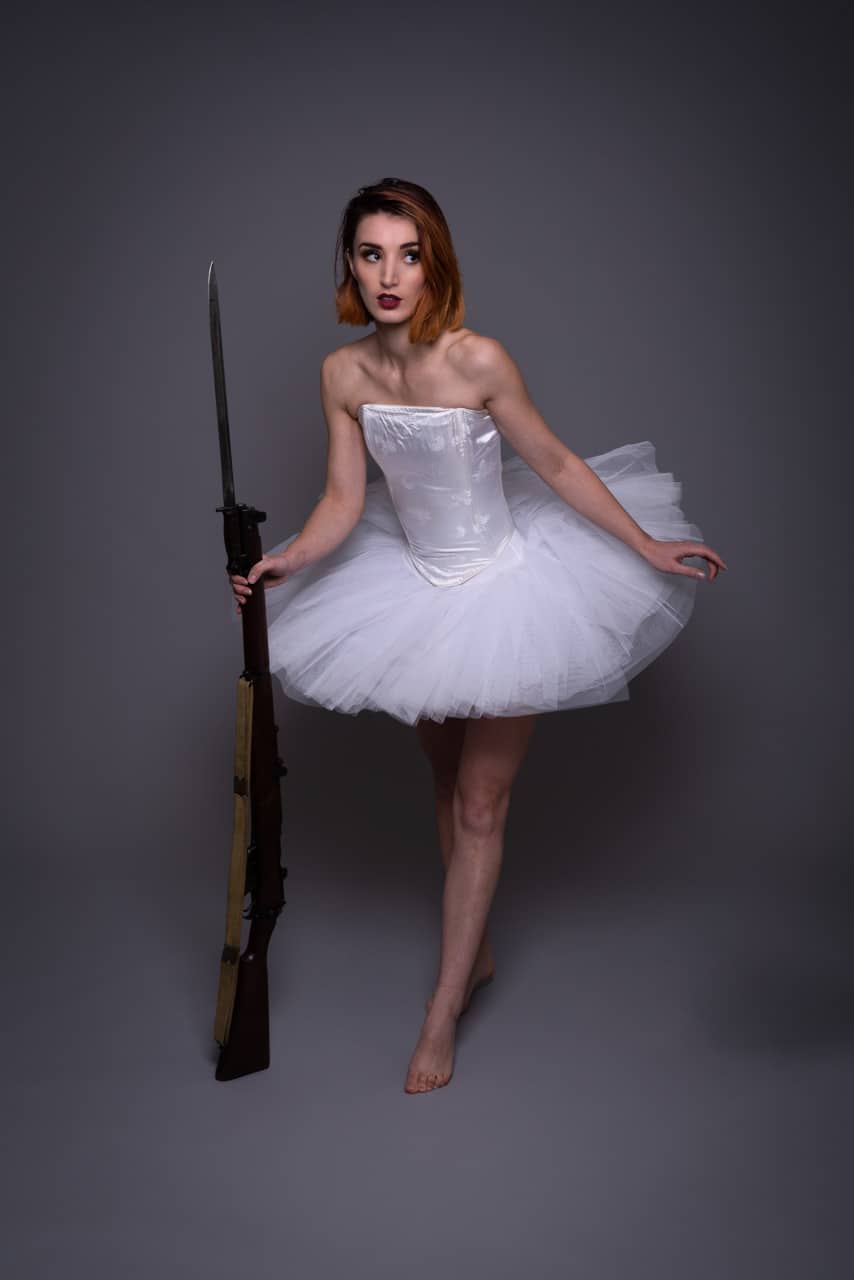
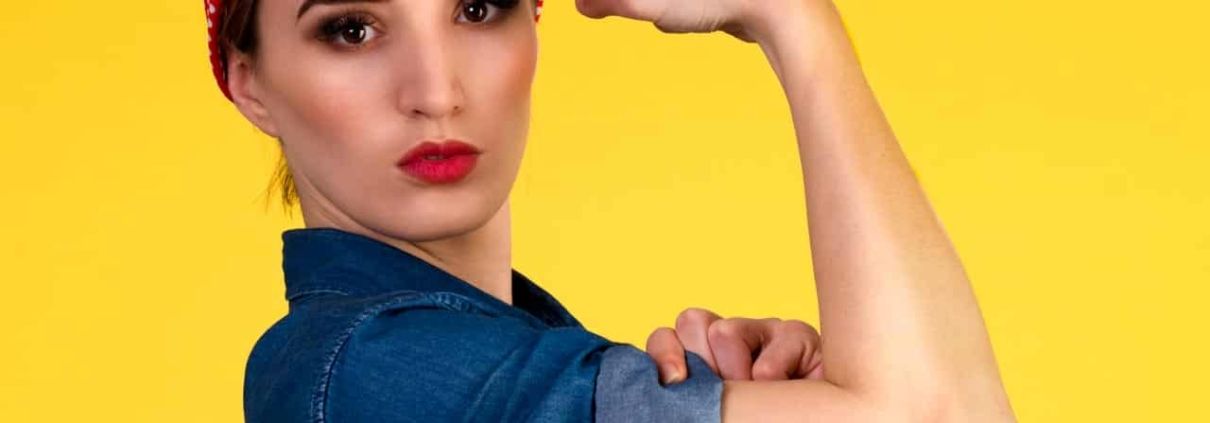 (c) Ilan Wittenberg
(c) Ilan Wittenberg
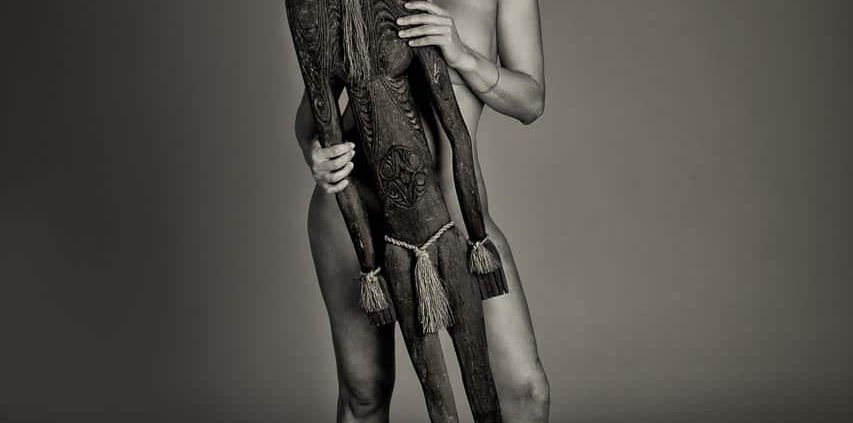 (c) Ilan Wittenberg
(c) Ilan Wittenberg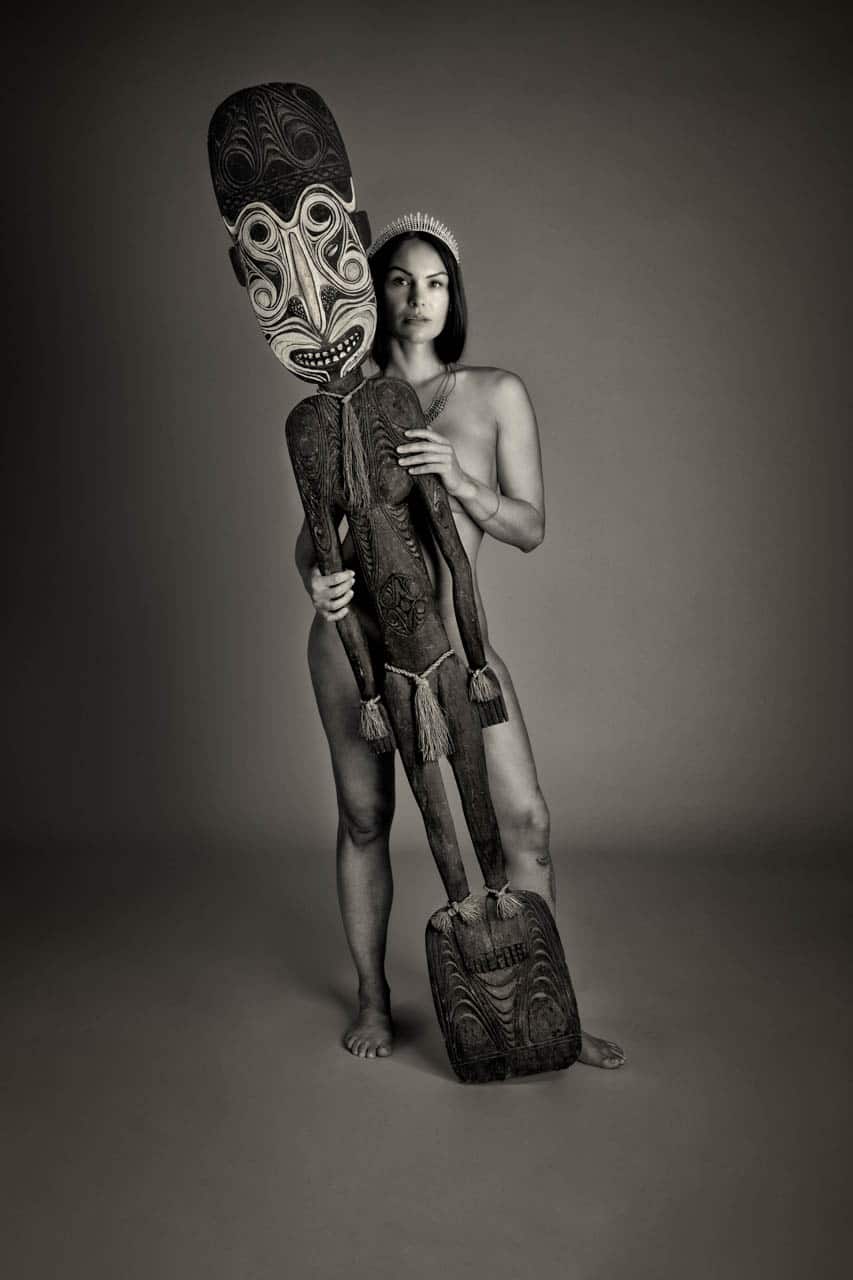
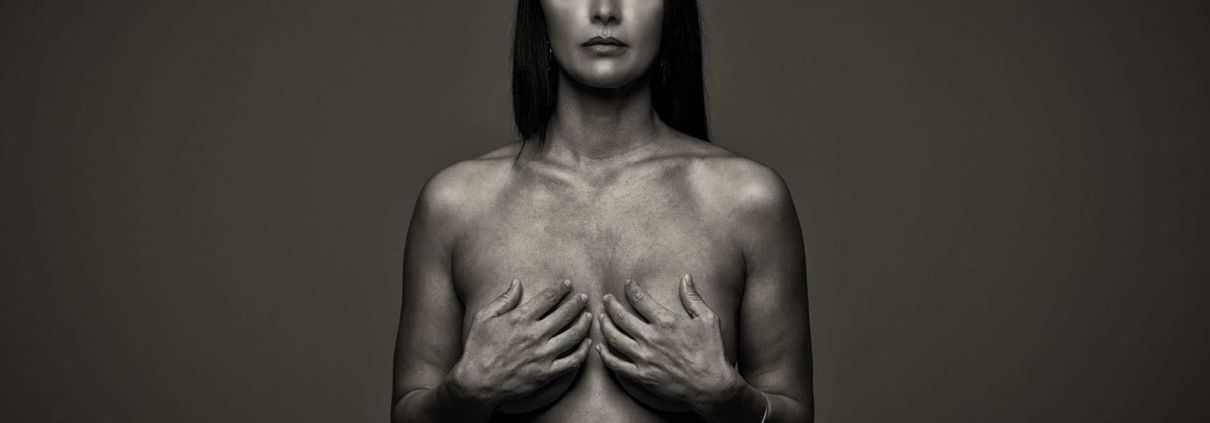 (c) Ilan Wittenberg
(c) Ilan Wittenberg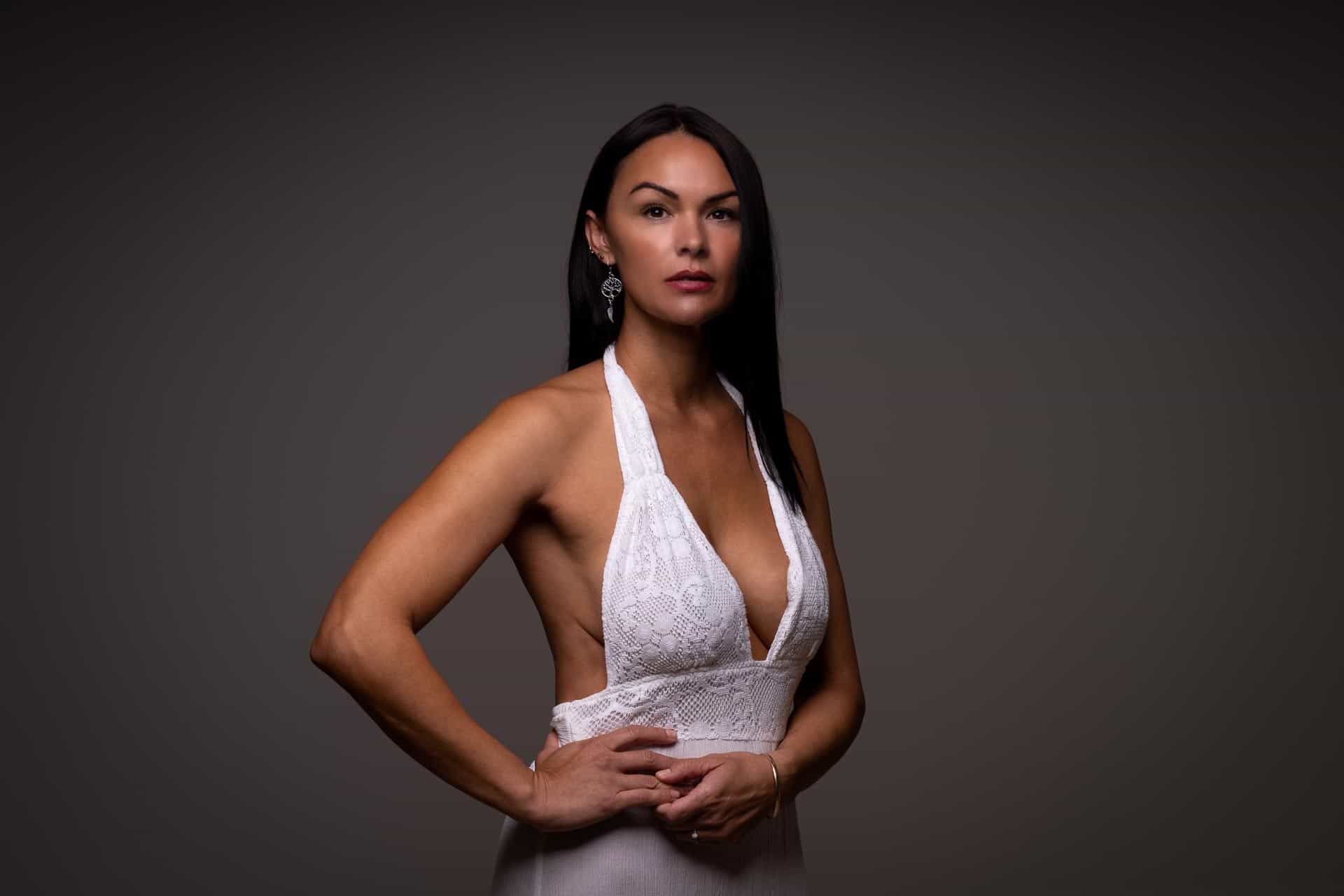


 (c) Ilan Wittenberg
(c) Ilan Wittenberg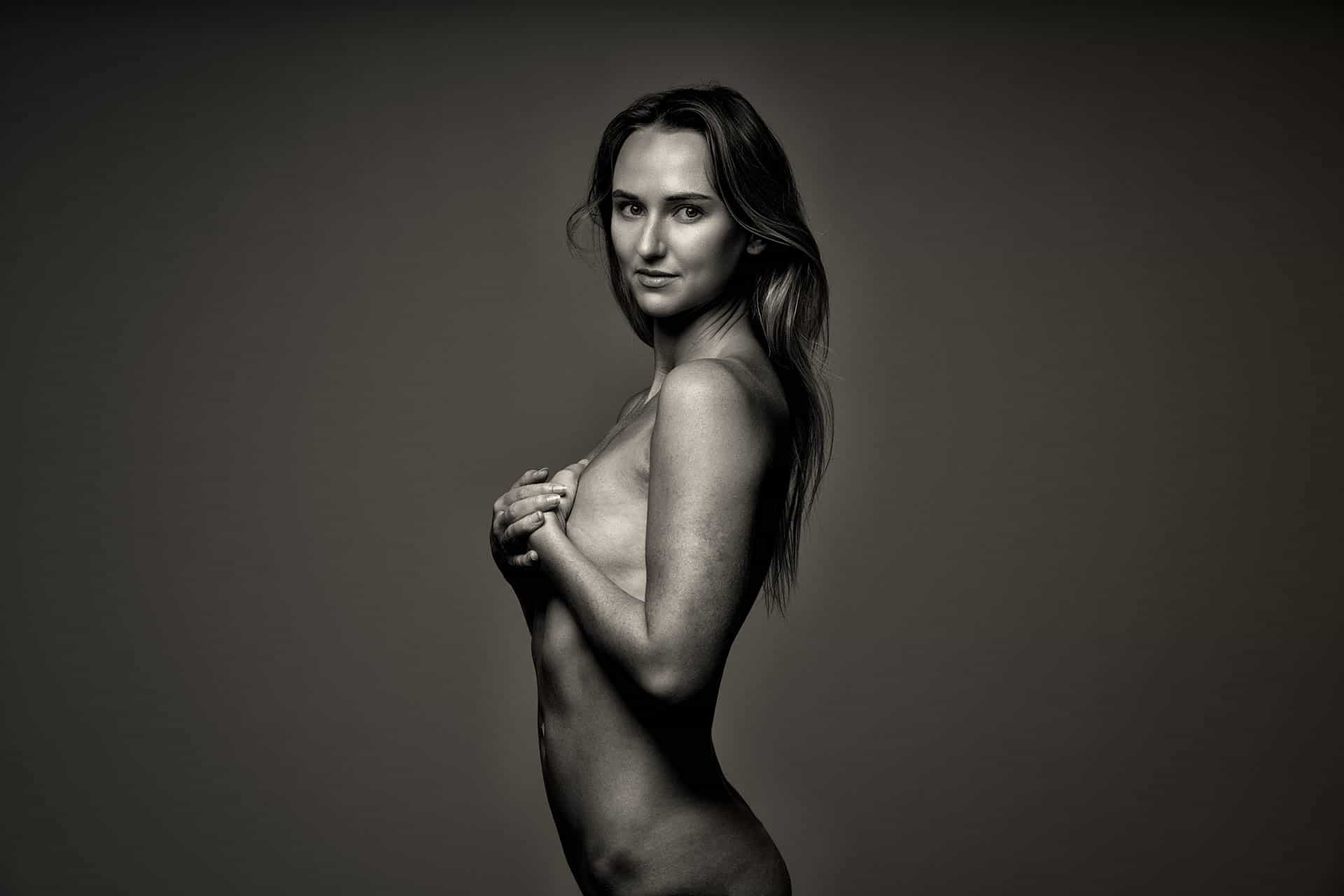
 (c) Ilan Wittenberg
(c) Ilan Wittenberg

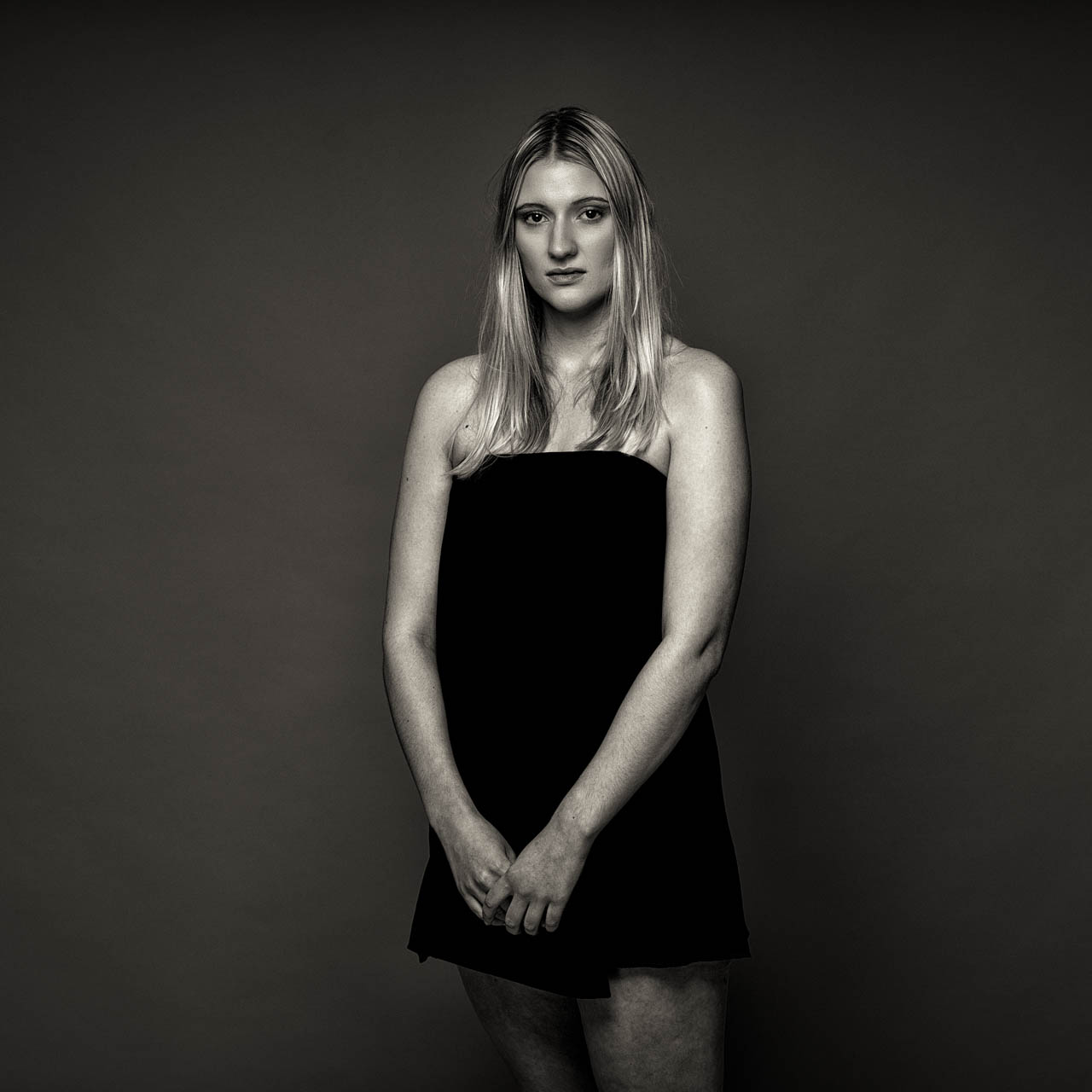
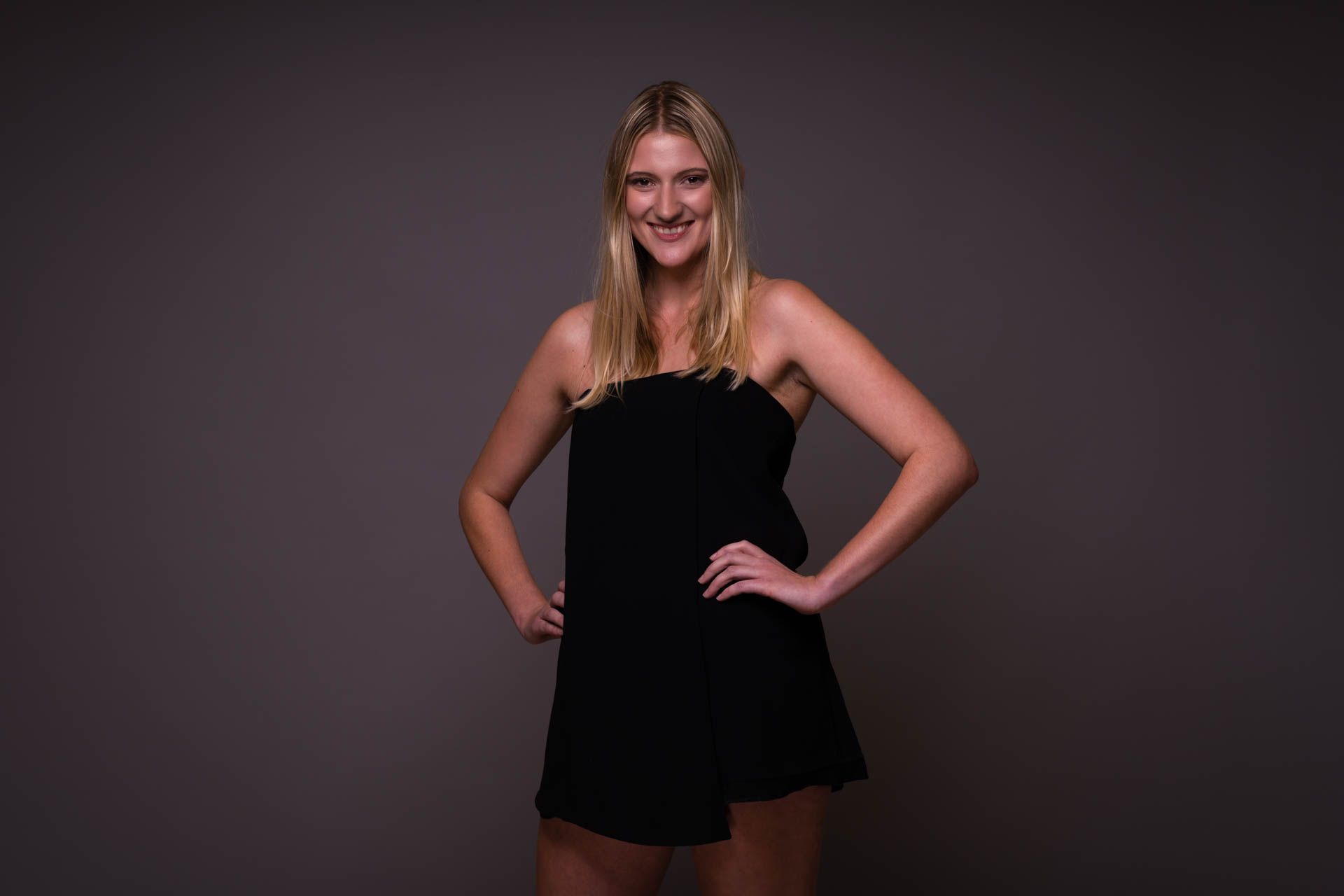

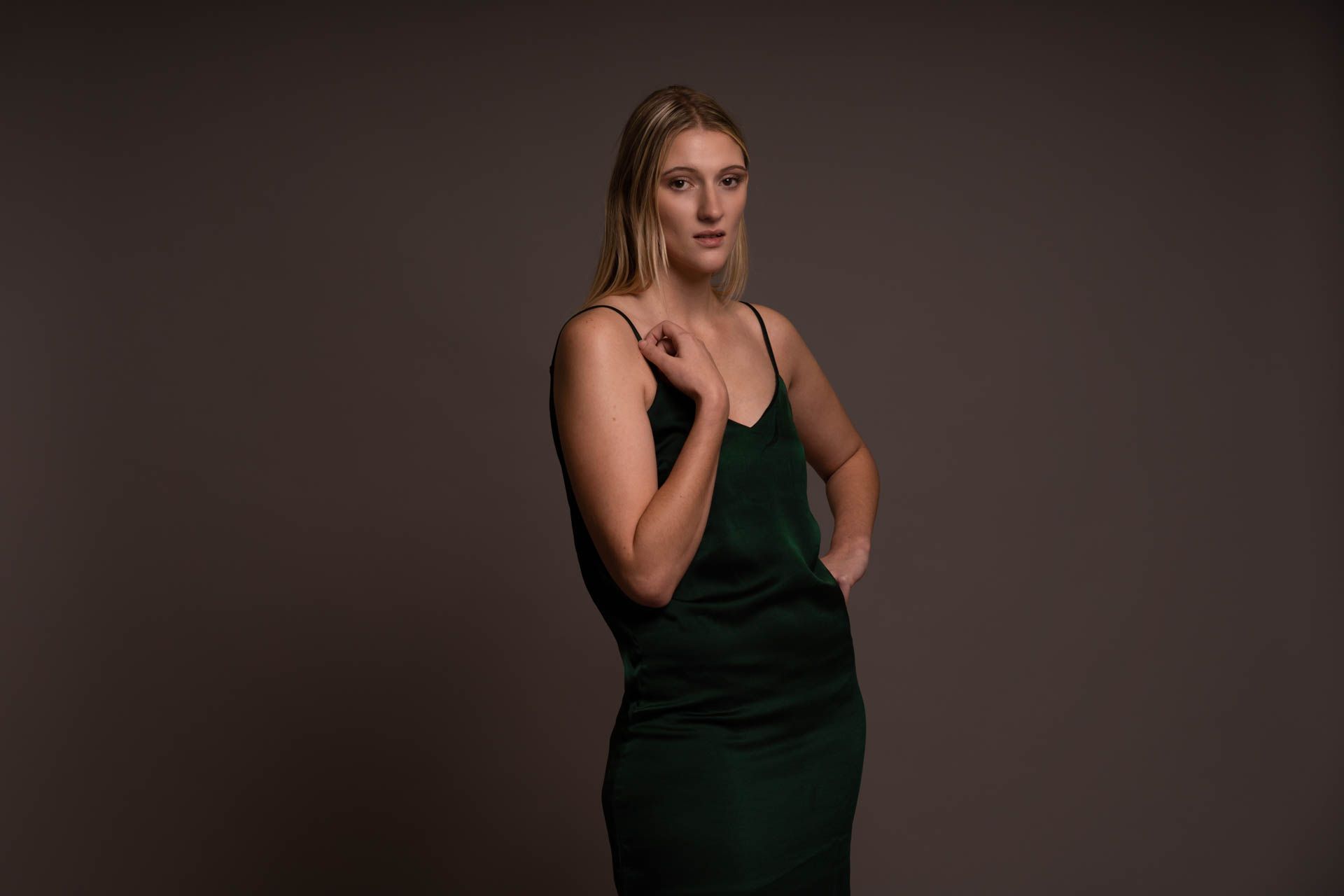
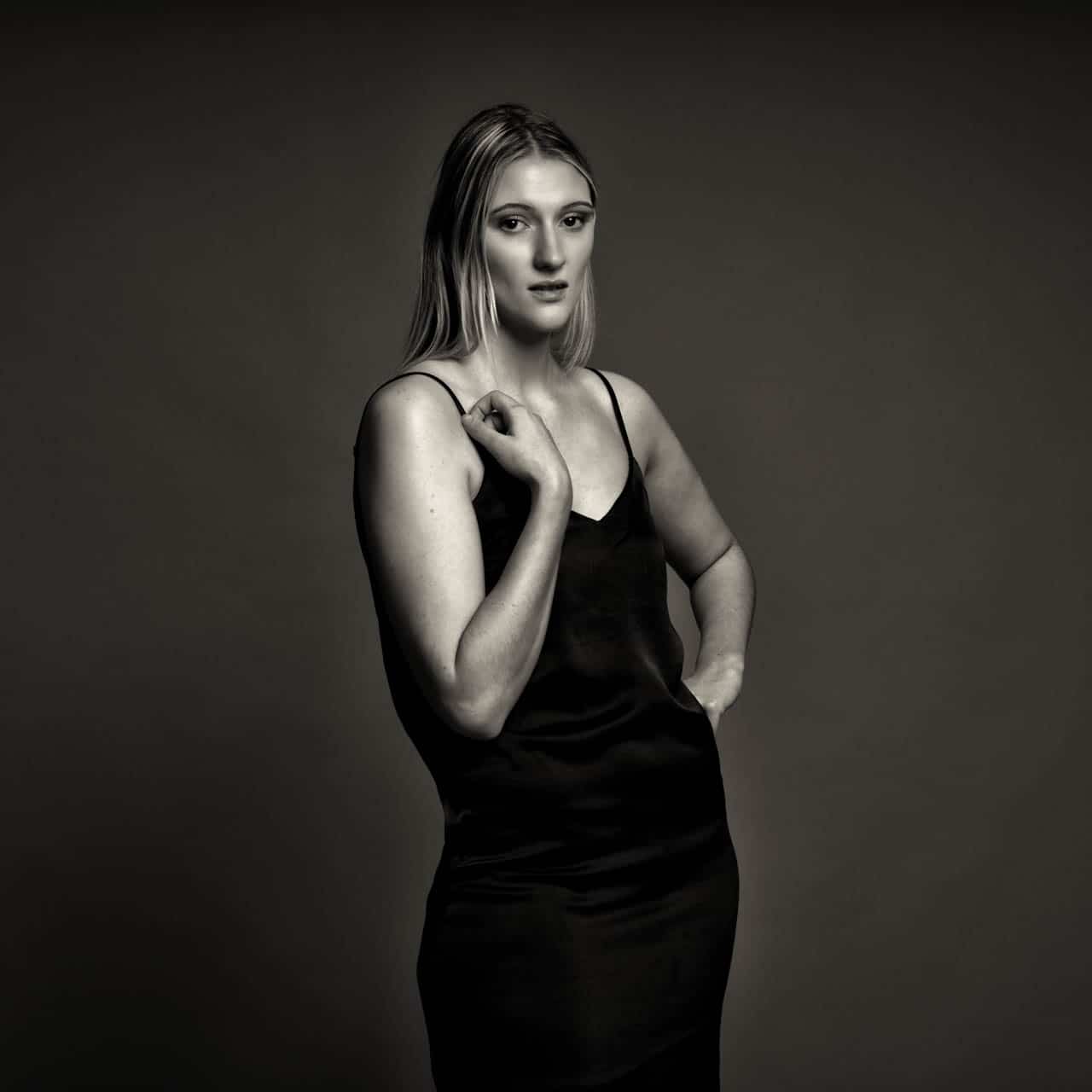

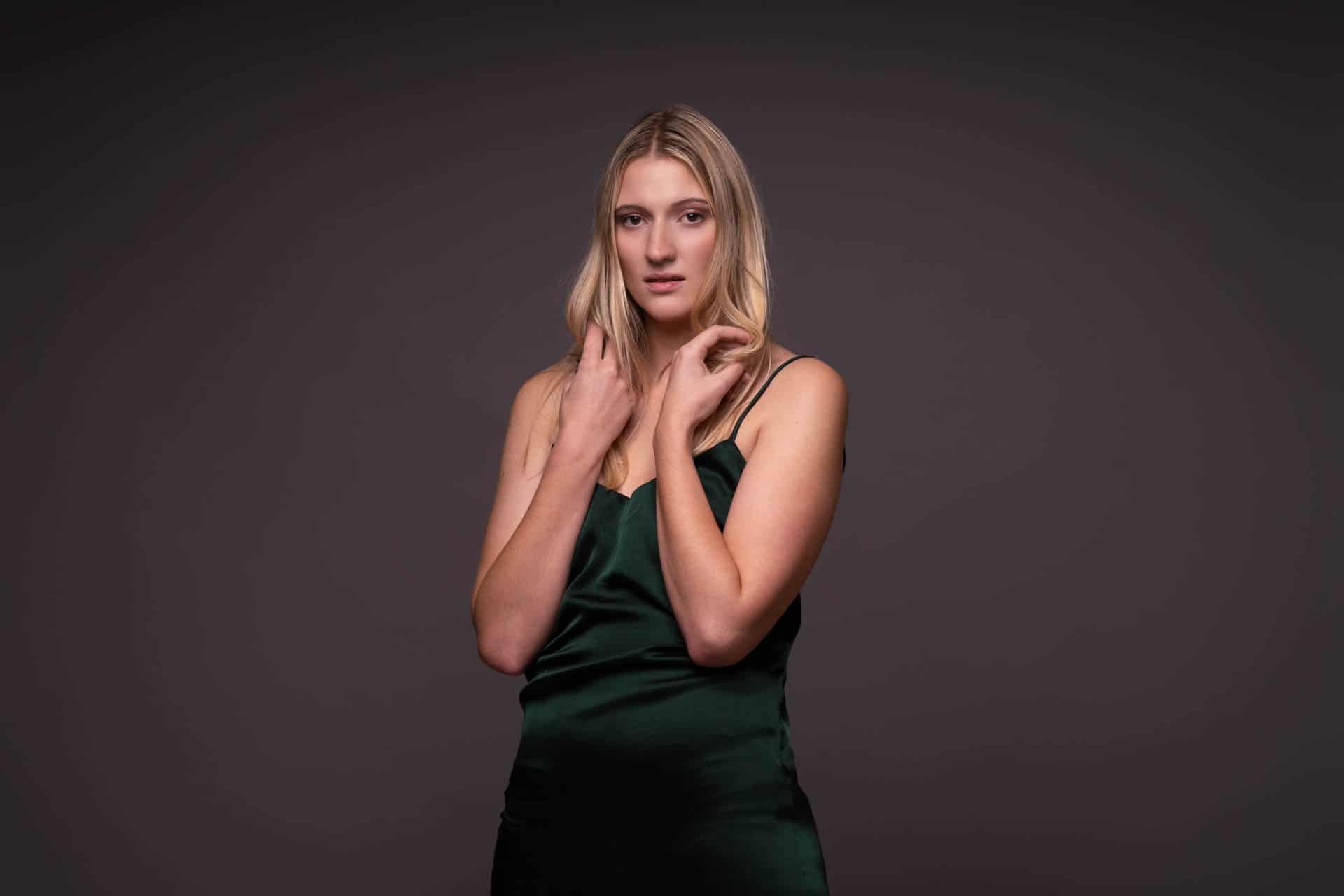
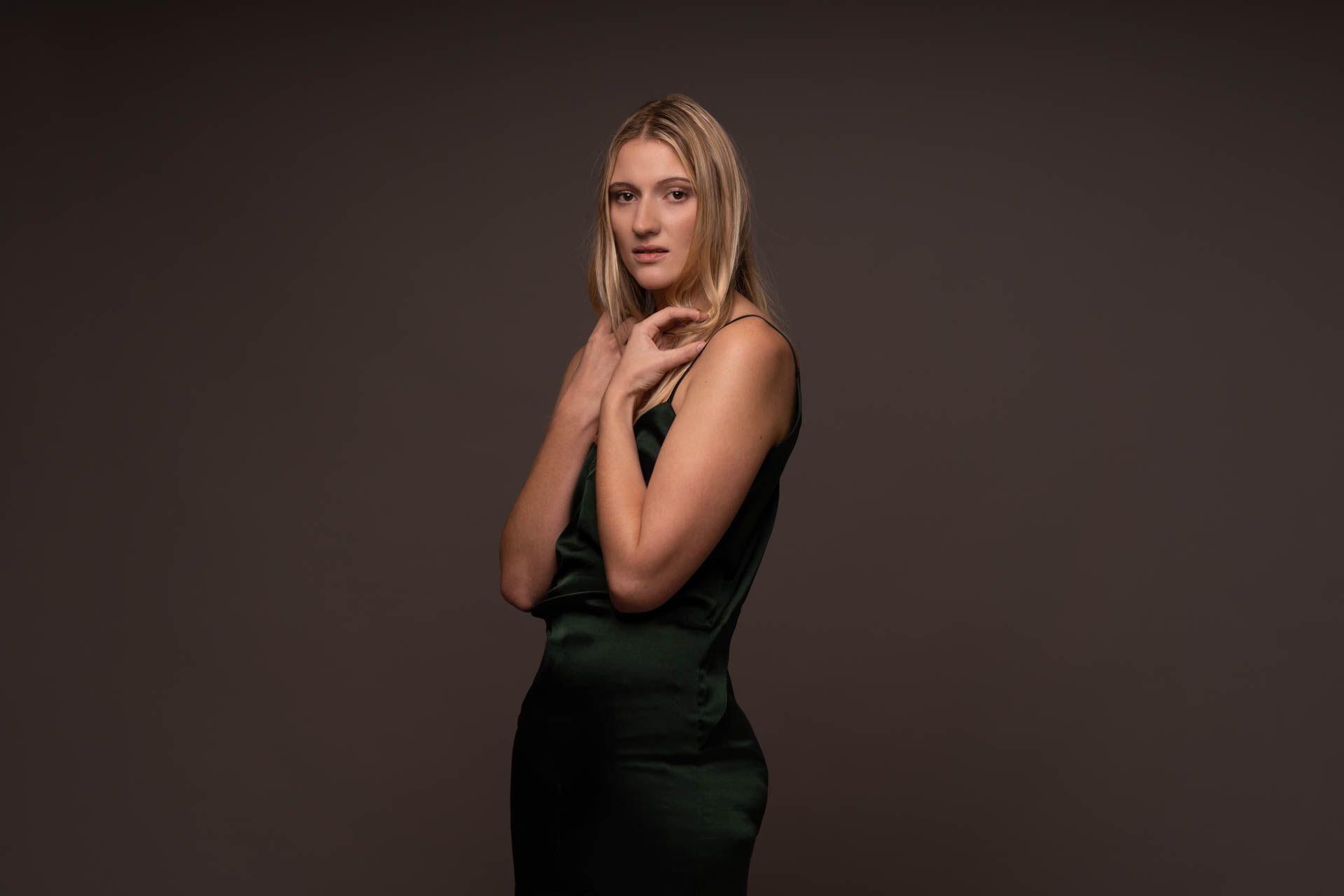
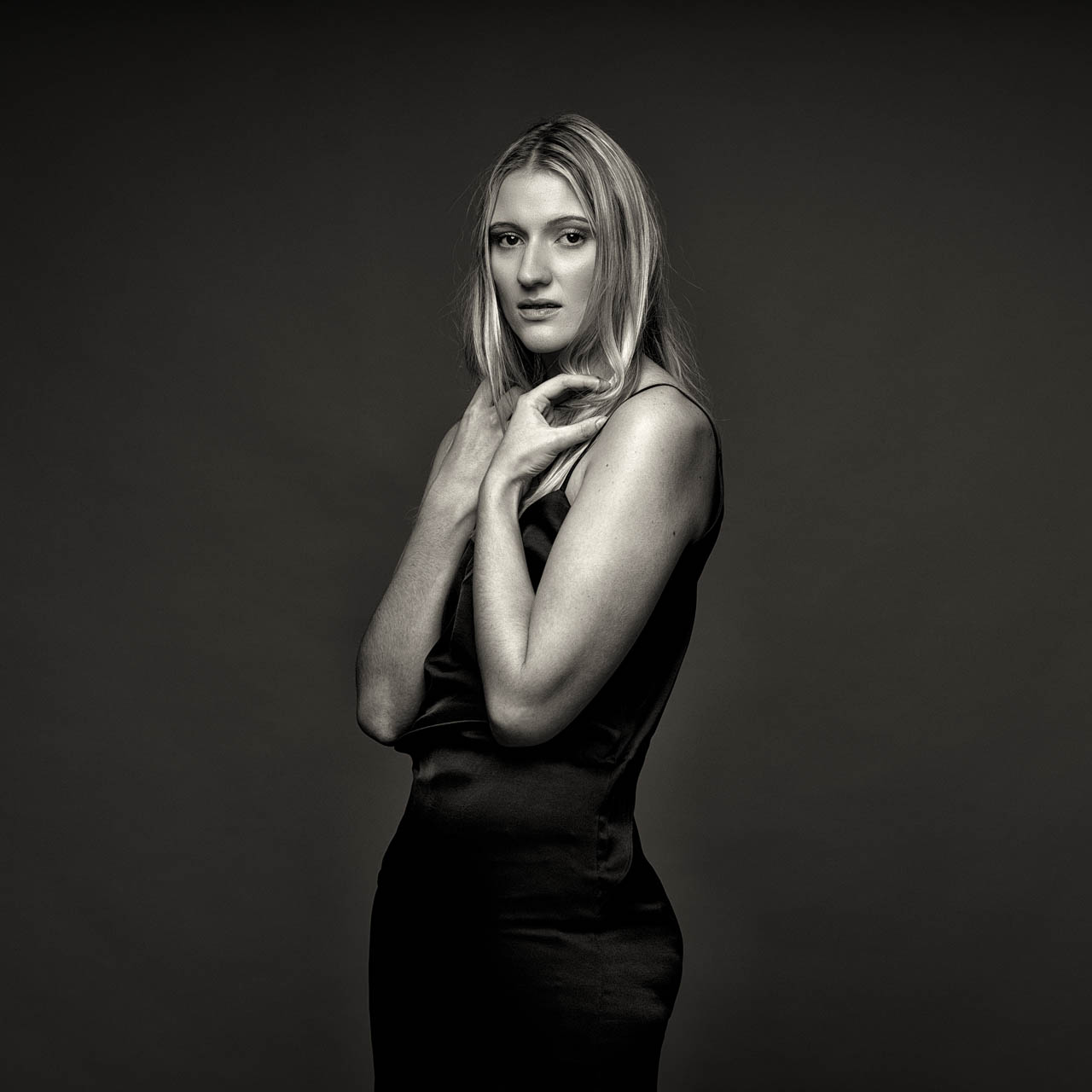

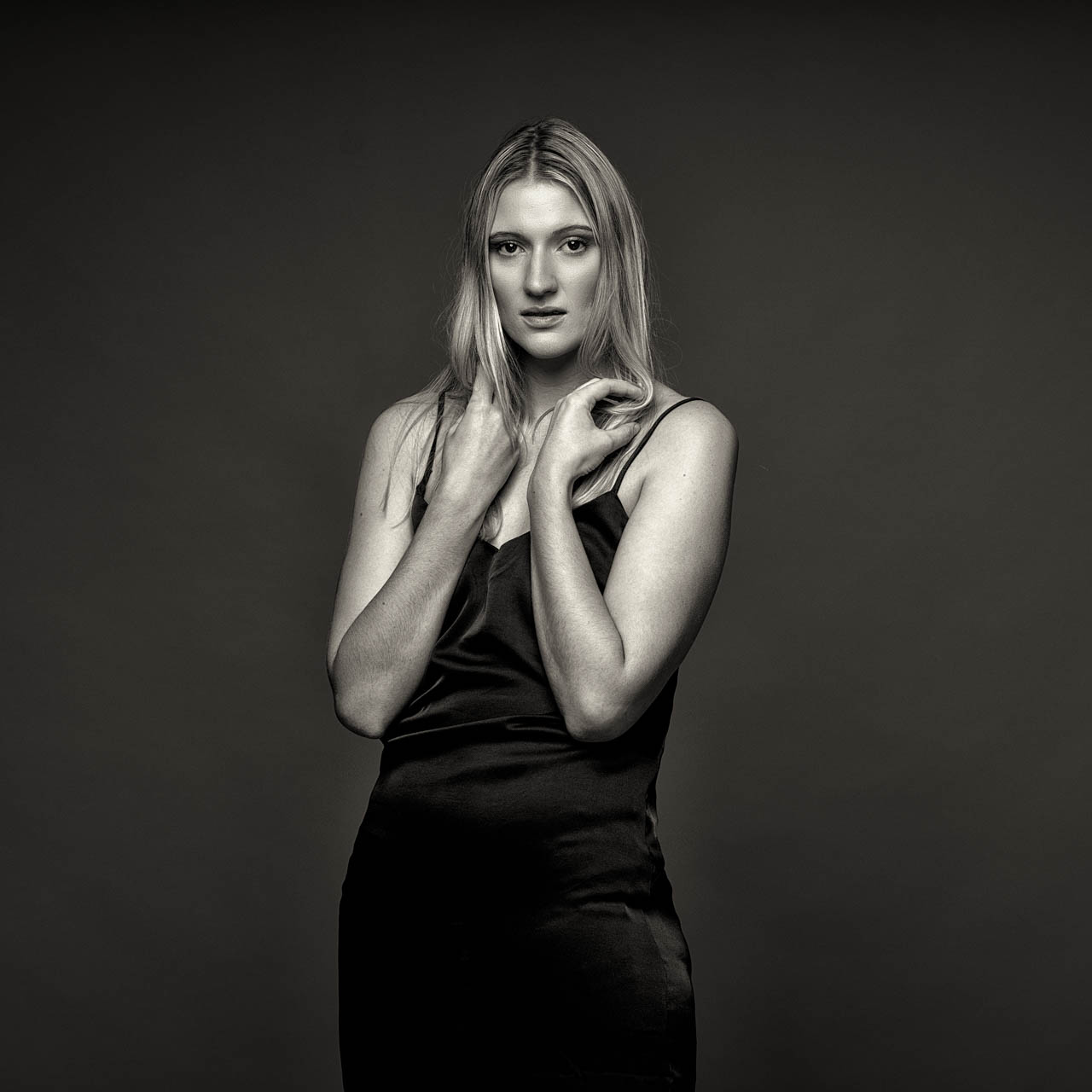
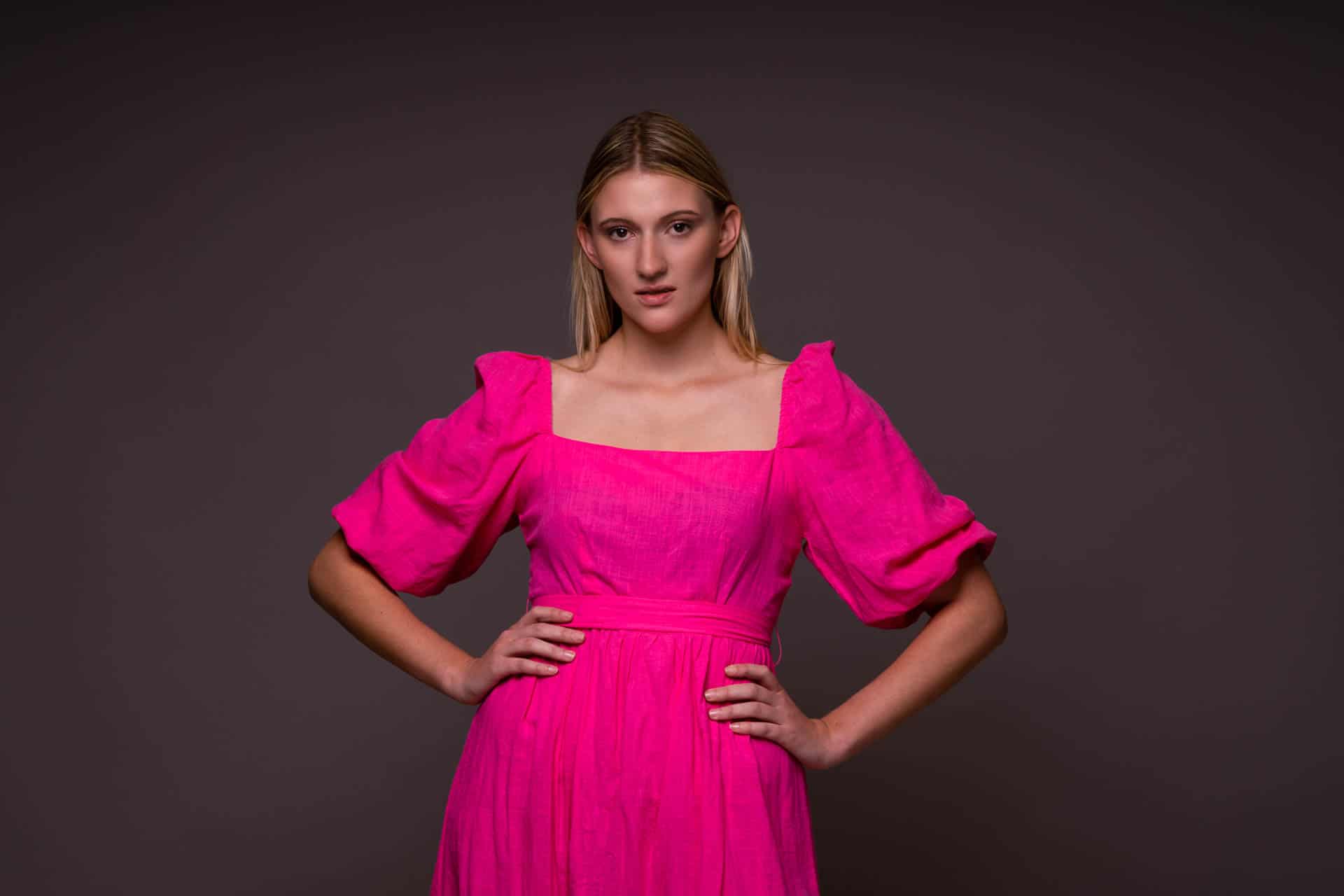

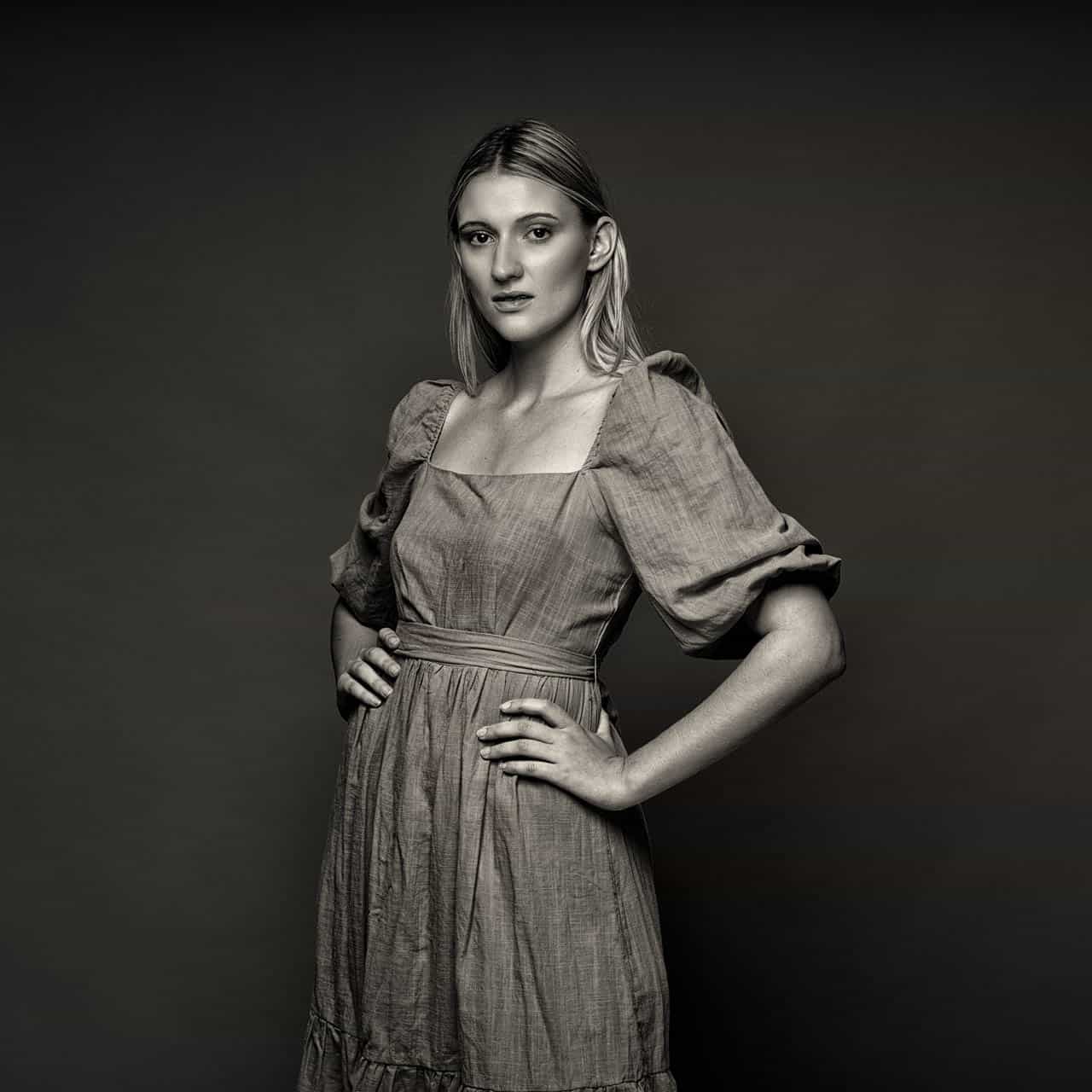

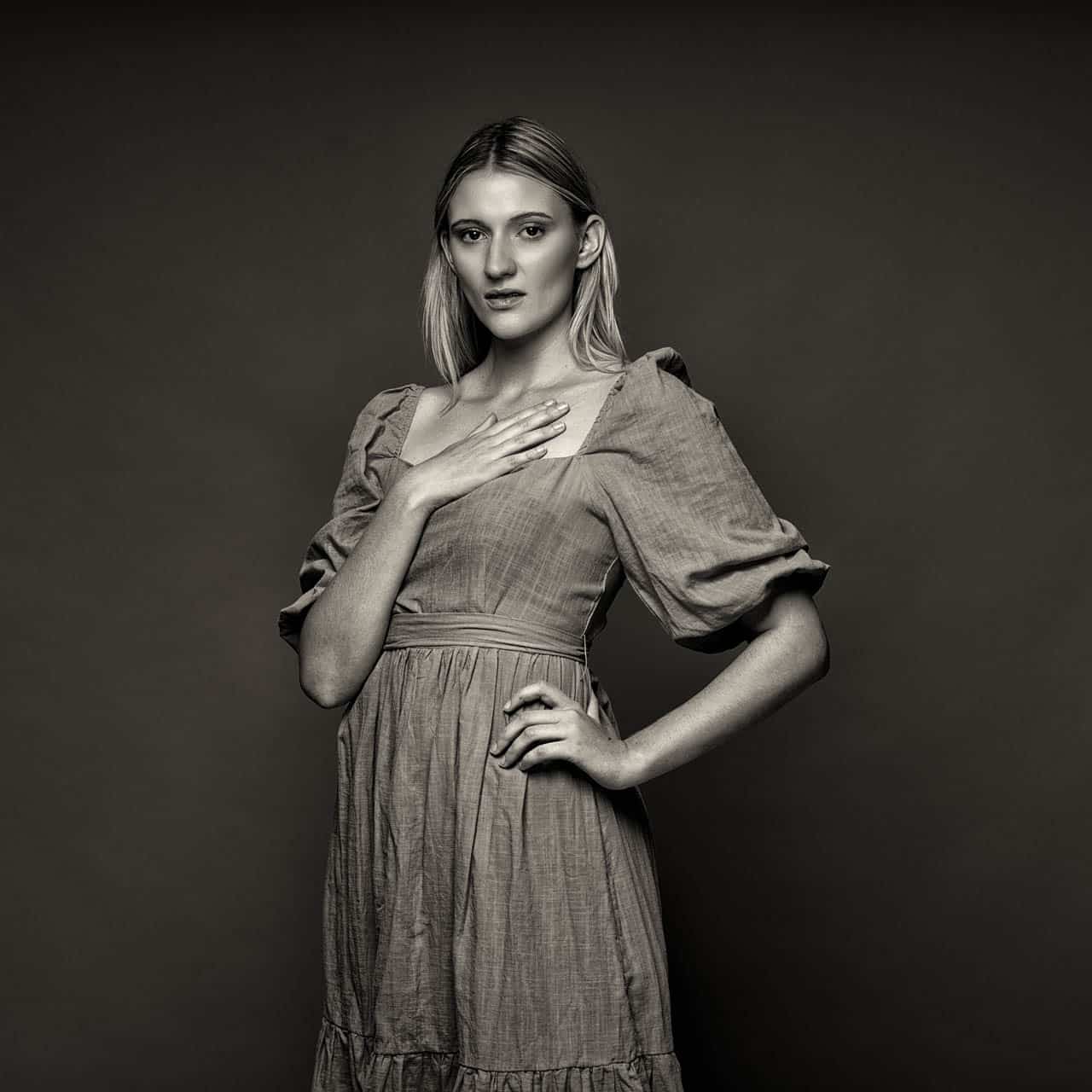
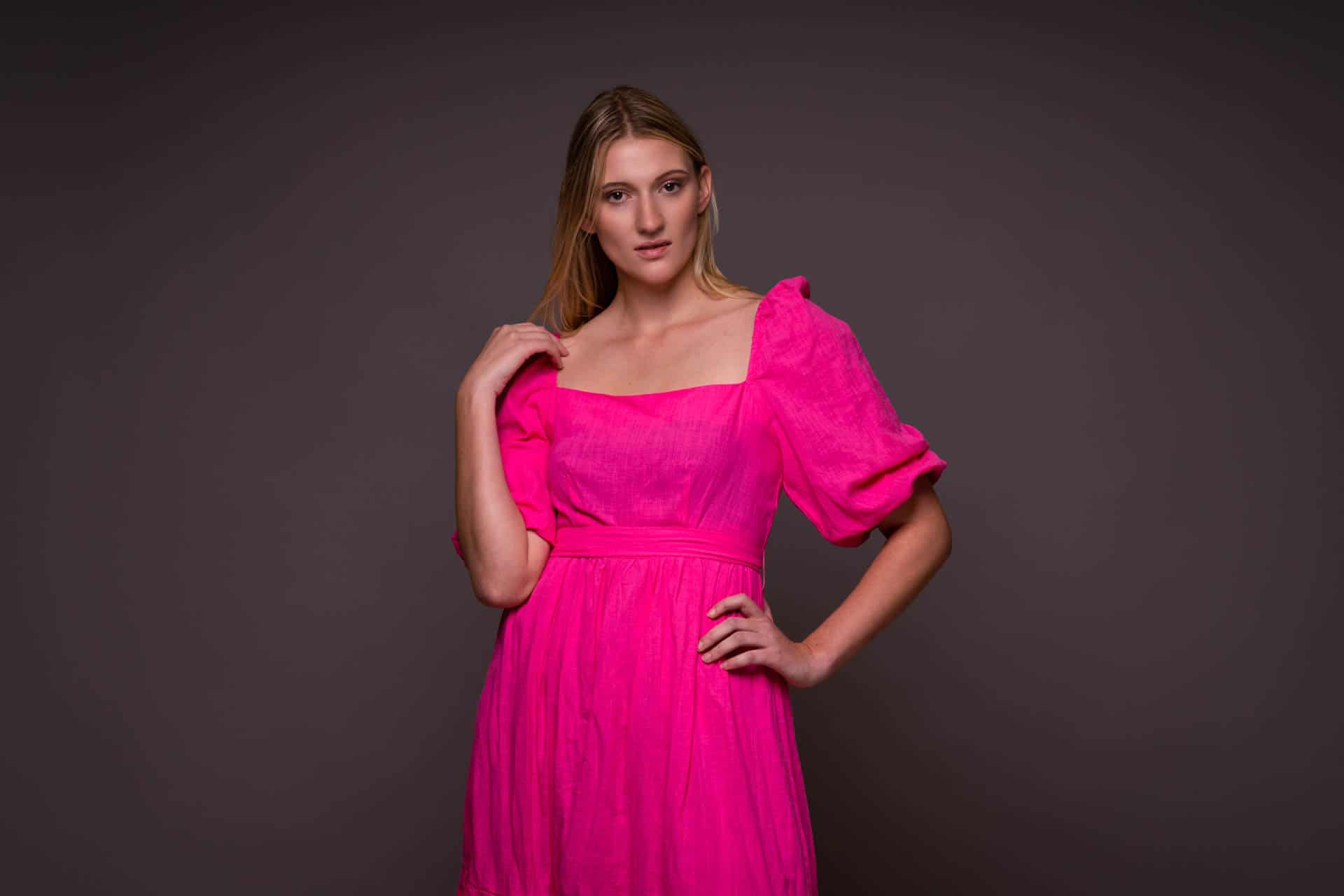
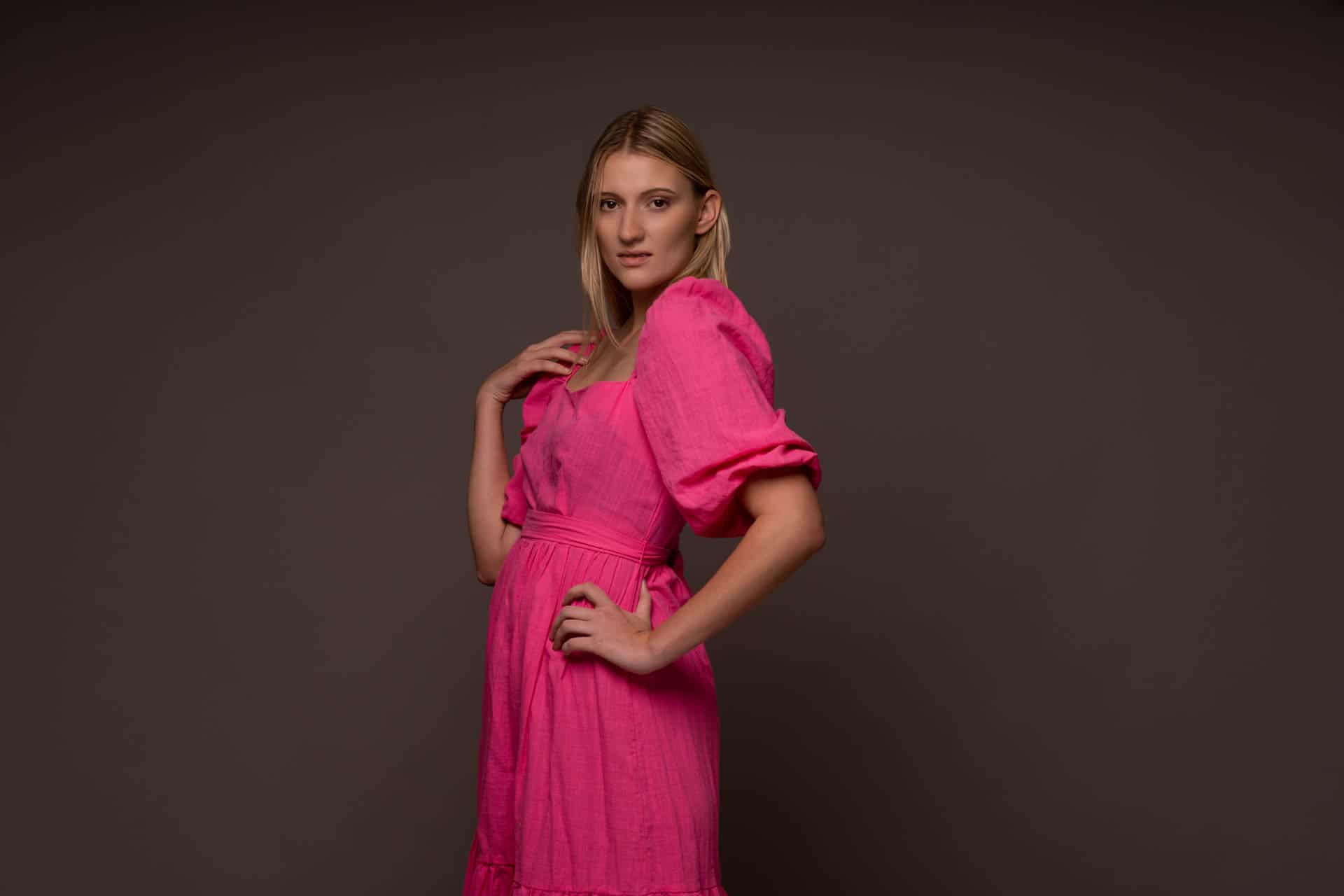



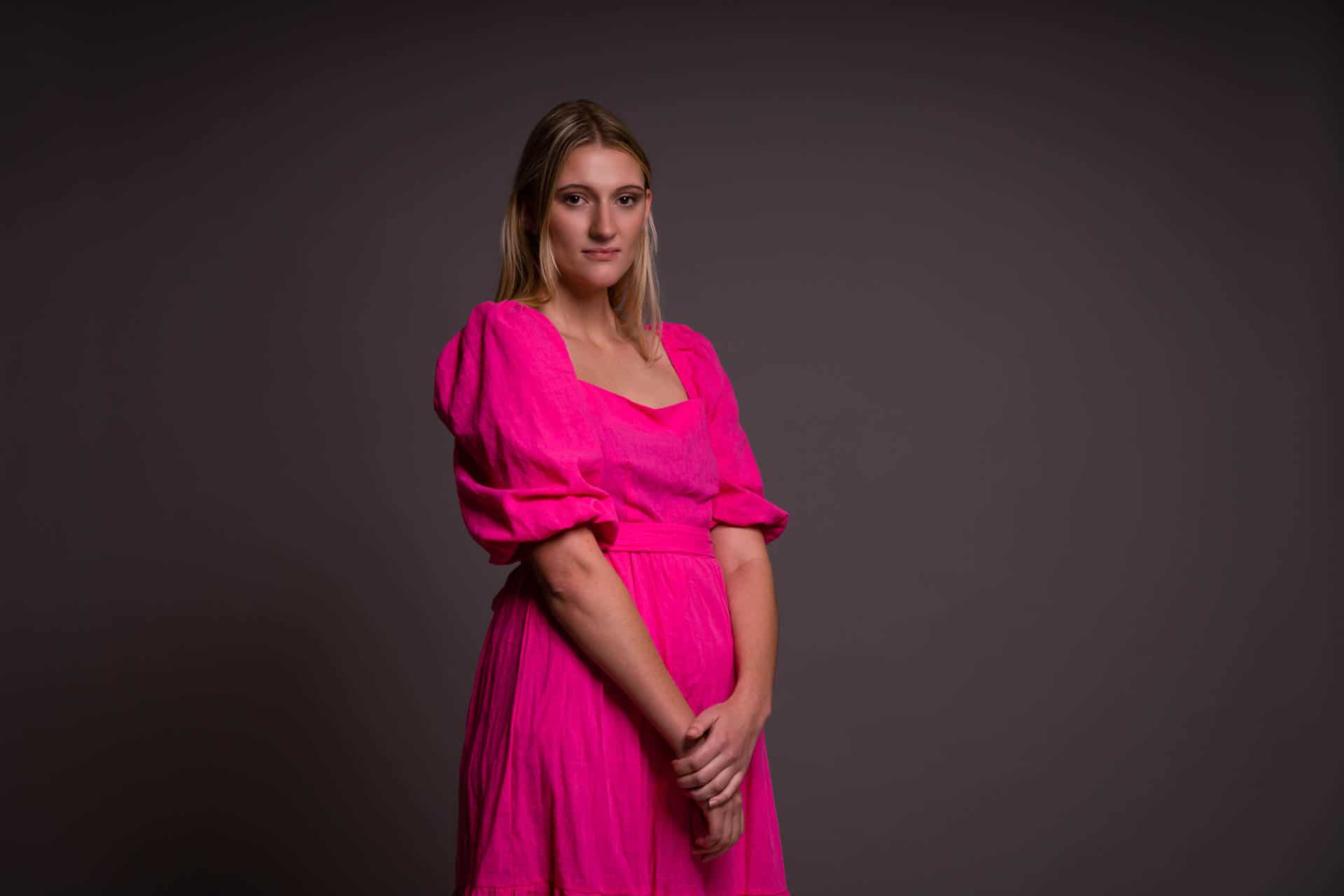
 (c) Ilan Wittenberg
(c) Ilan Wittenberg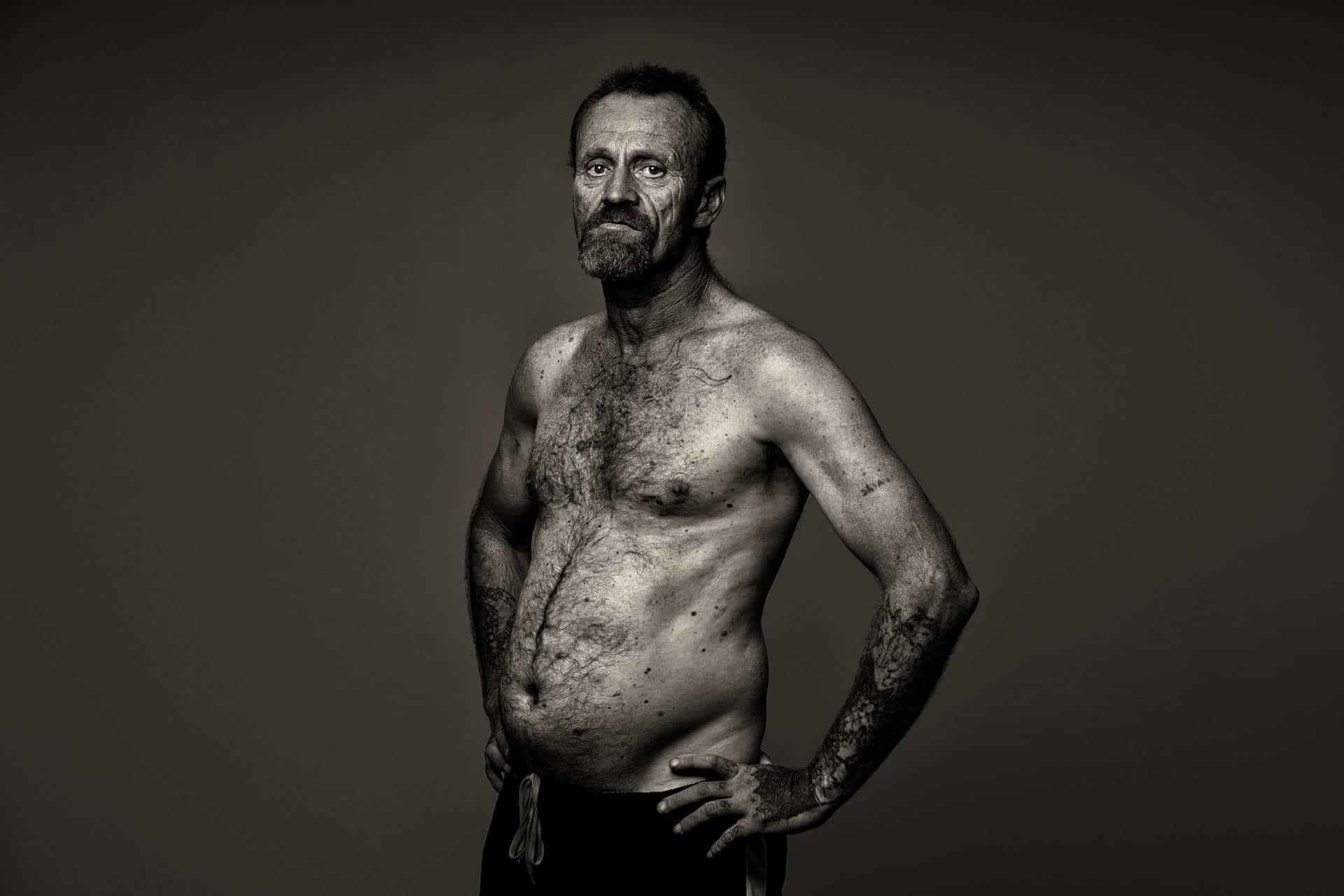
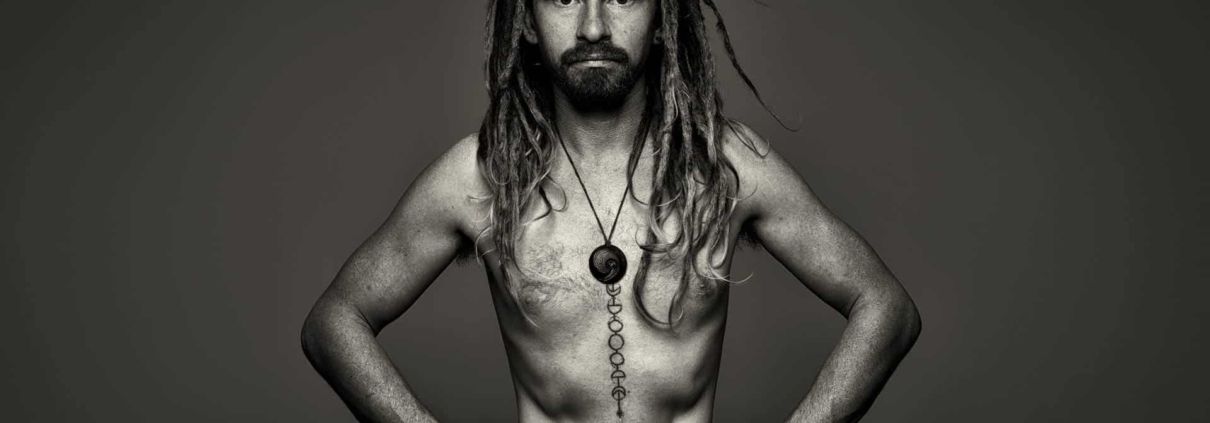 (c) Ilan Wittenberg
(c) Ilan Wittenberg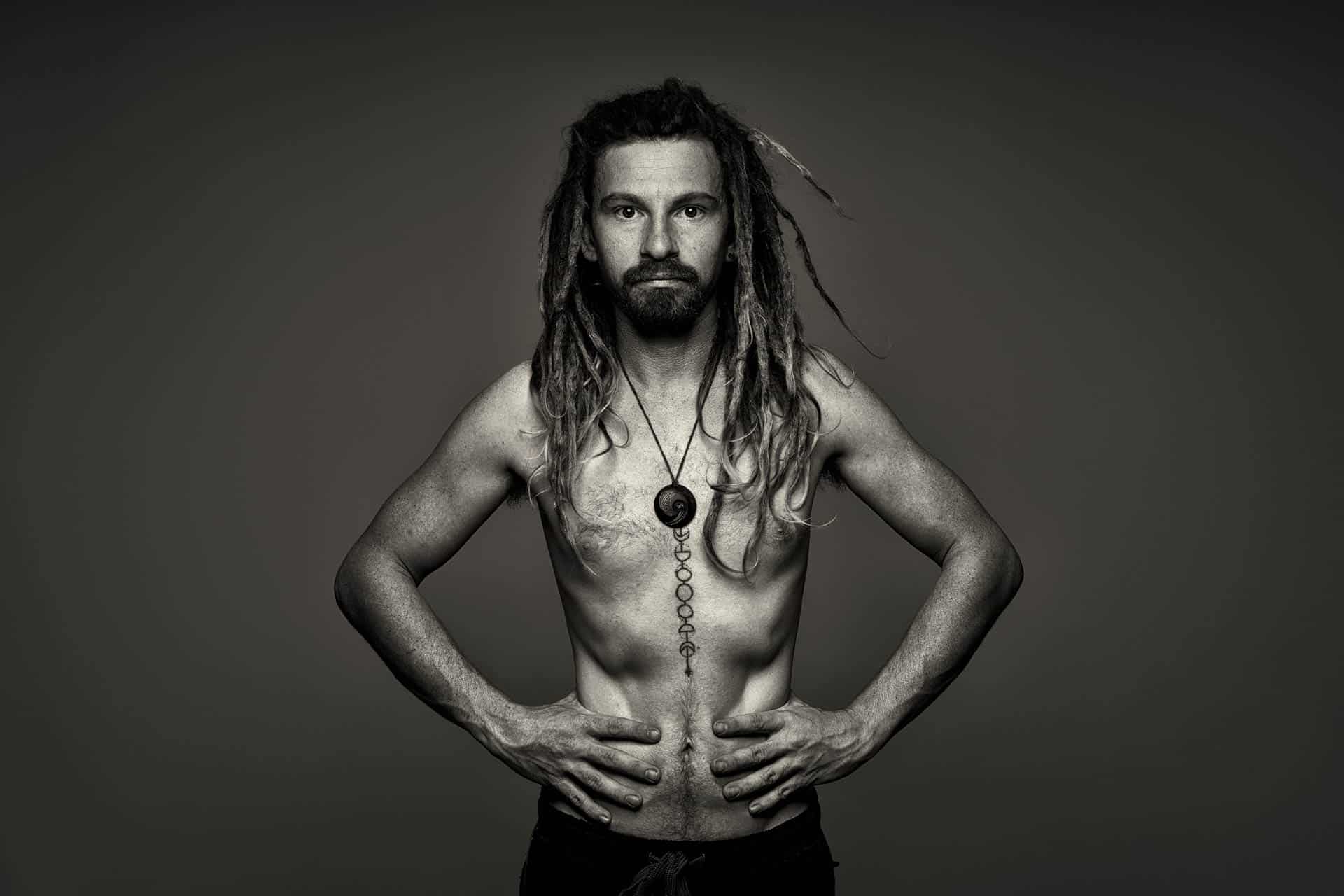
 (c) Ilan Wittenberg
(c) Ilan Wittenberg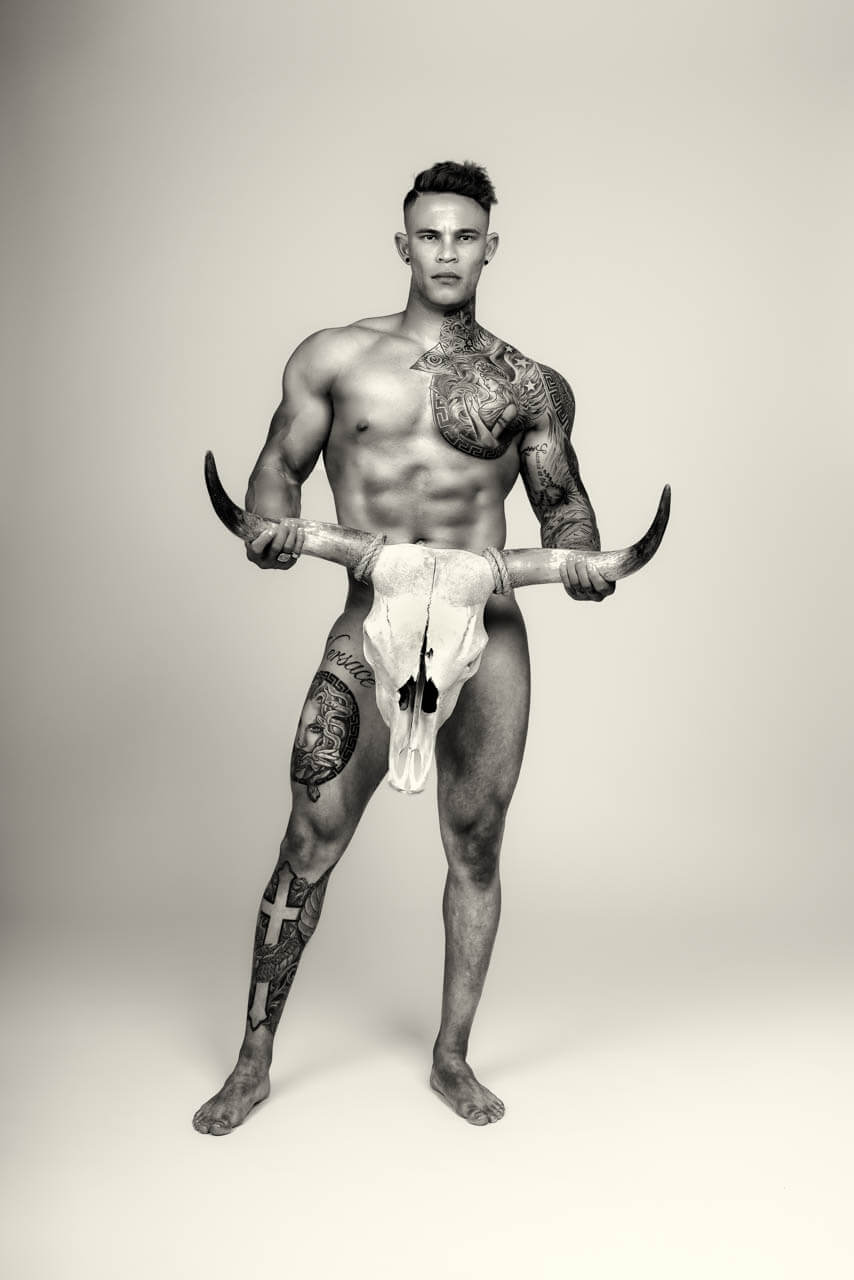
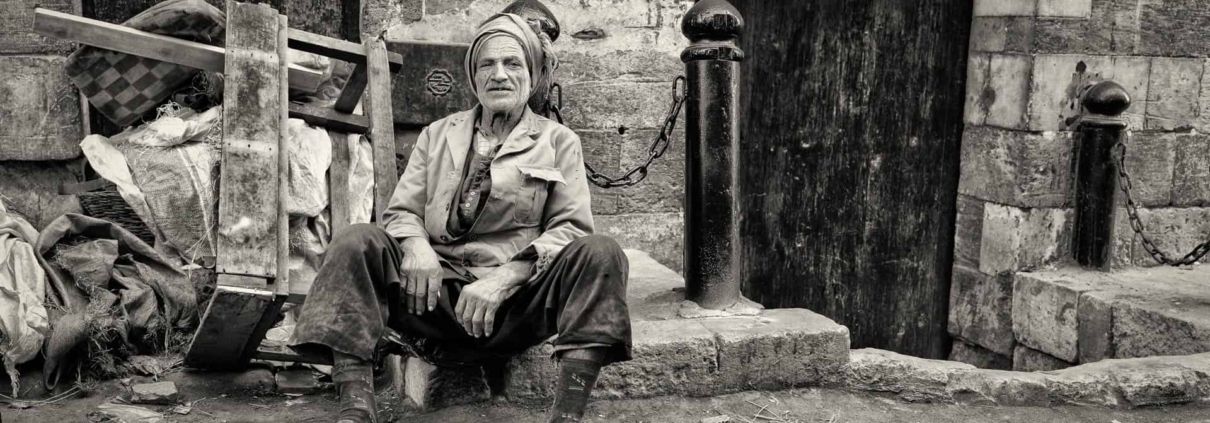 (c) Ilan Wittenberg
(c) Ilan Wittenberg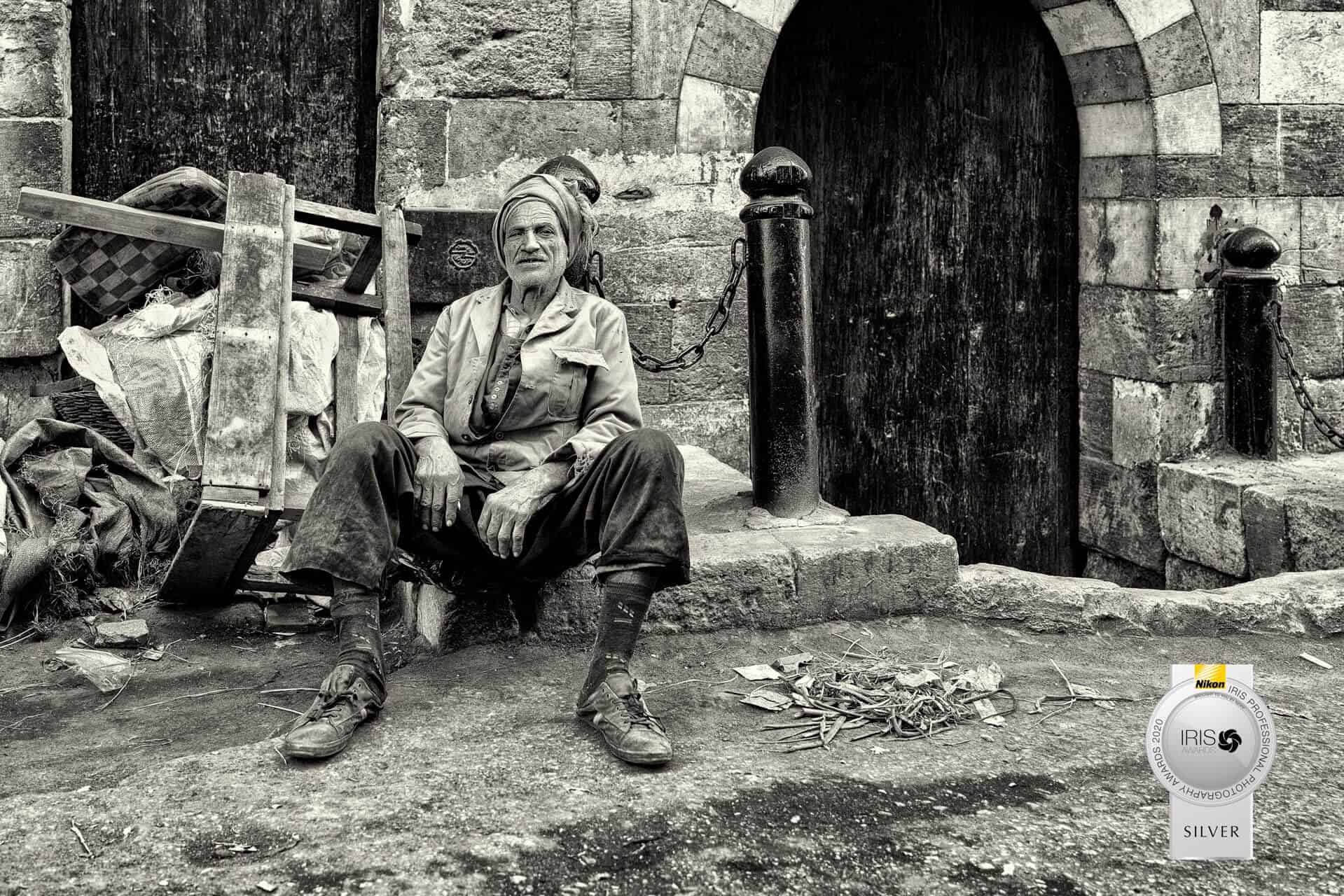
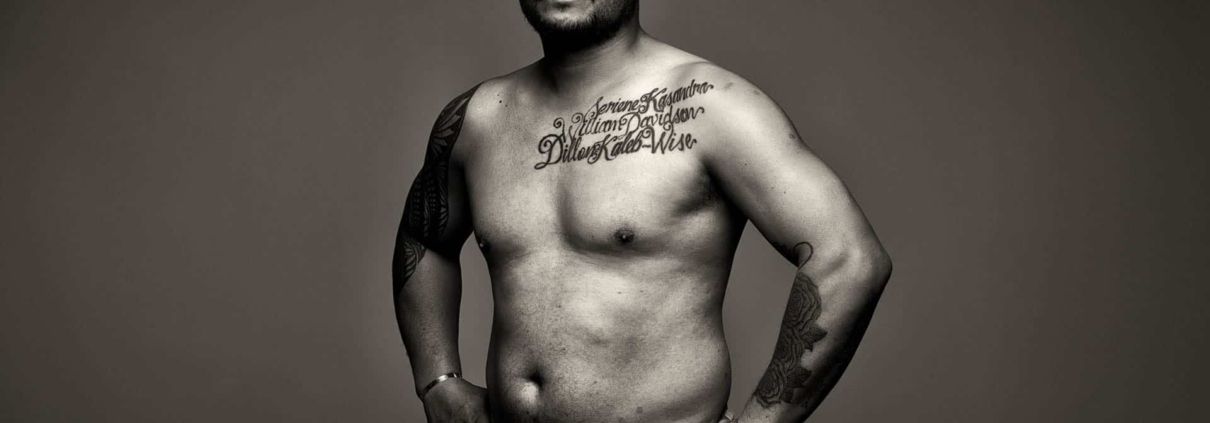 (c) Ilan Wittenberg
(c) Ilan Wittenberg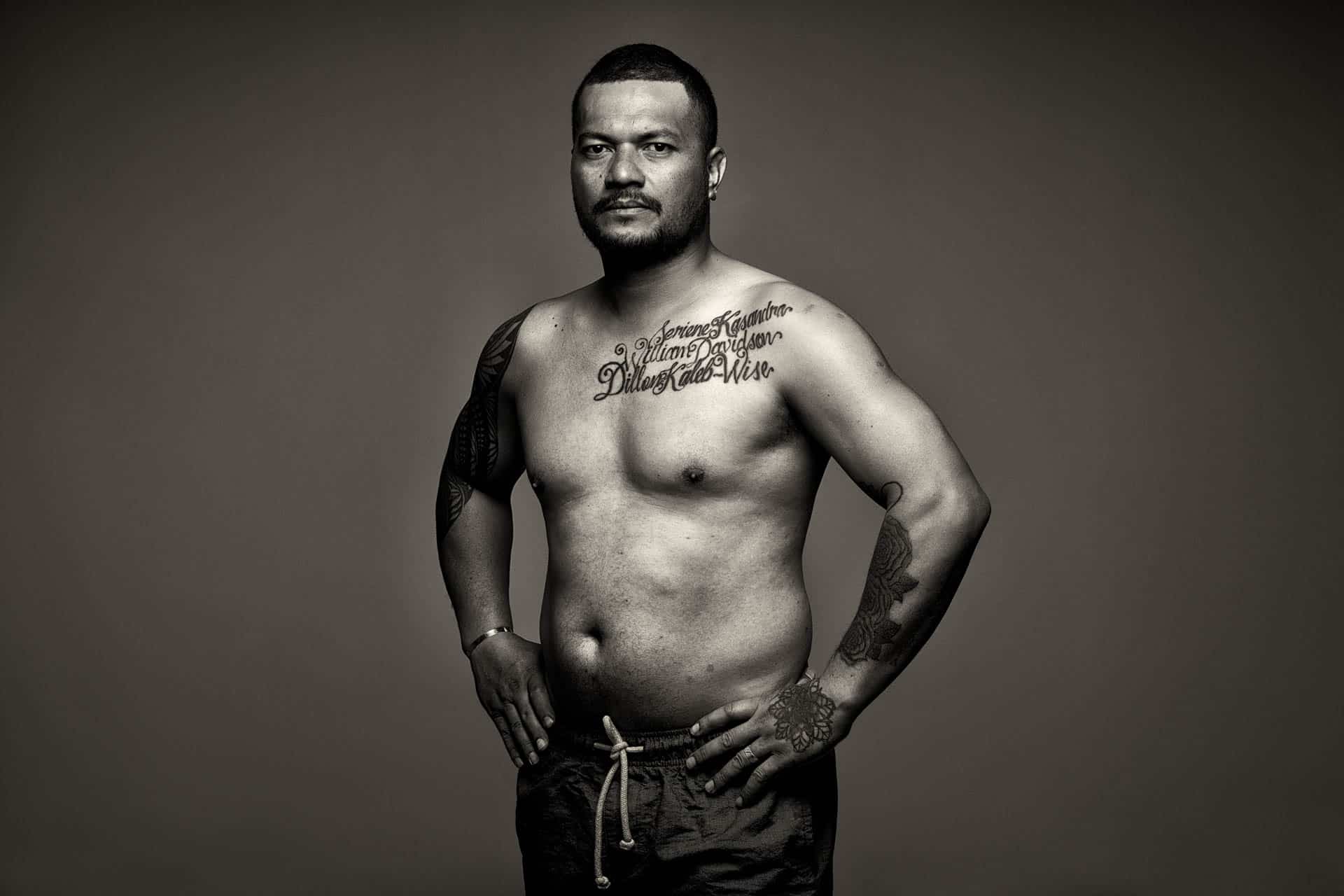
 (c) Ilan Wittenberg
(c) Ilan Wittenberg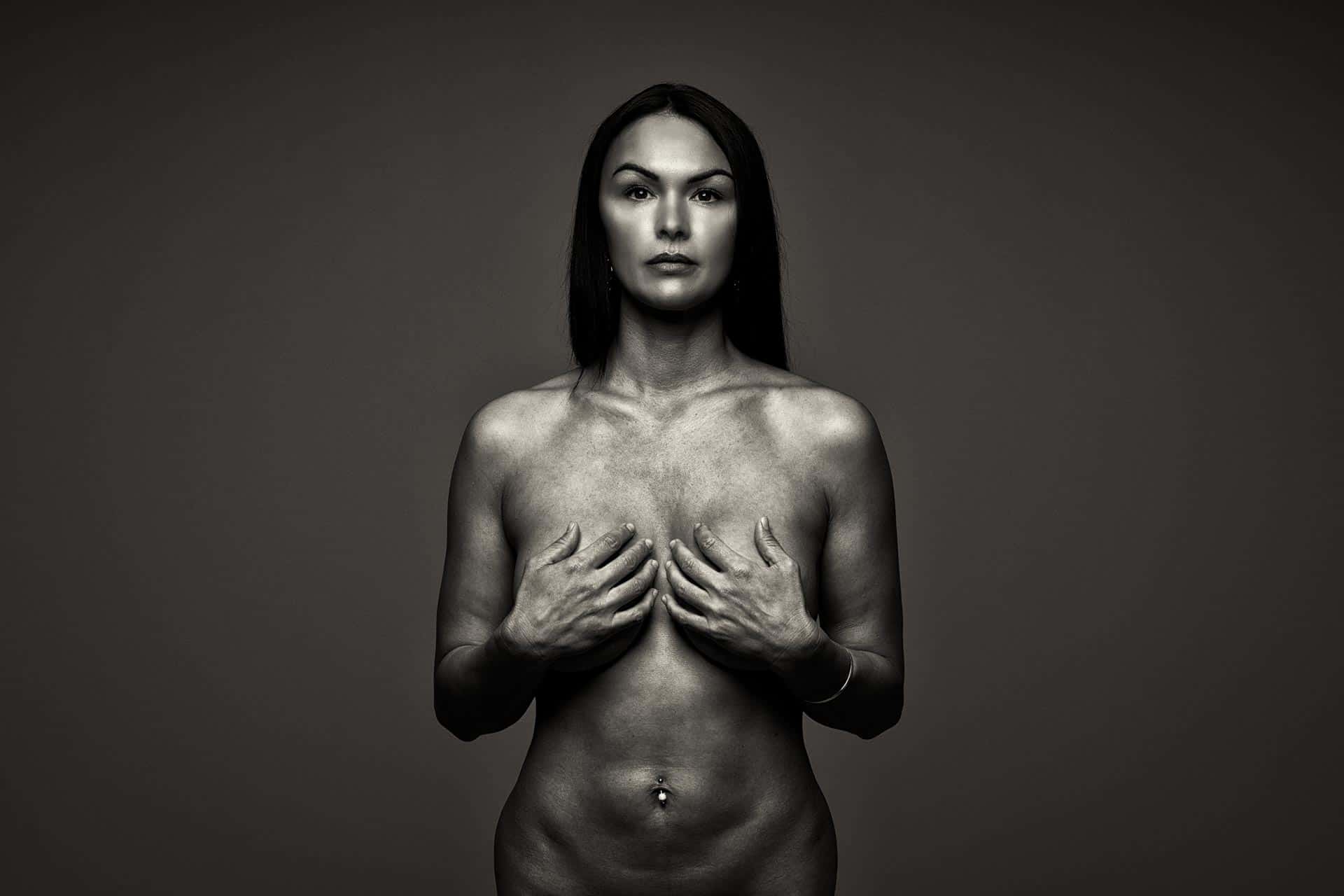


 (c) Ilan Wittenberg
(c) Ilan Wittenberg